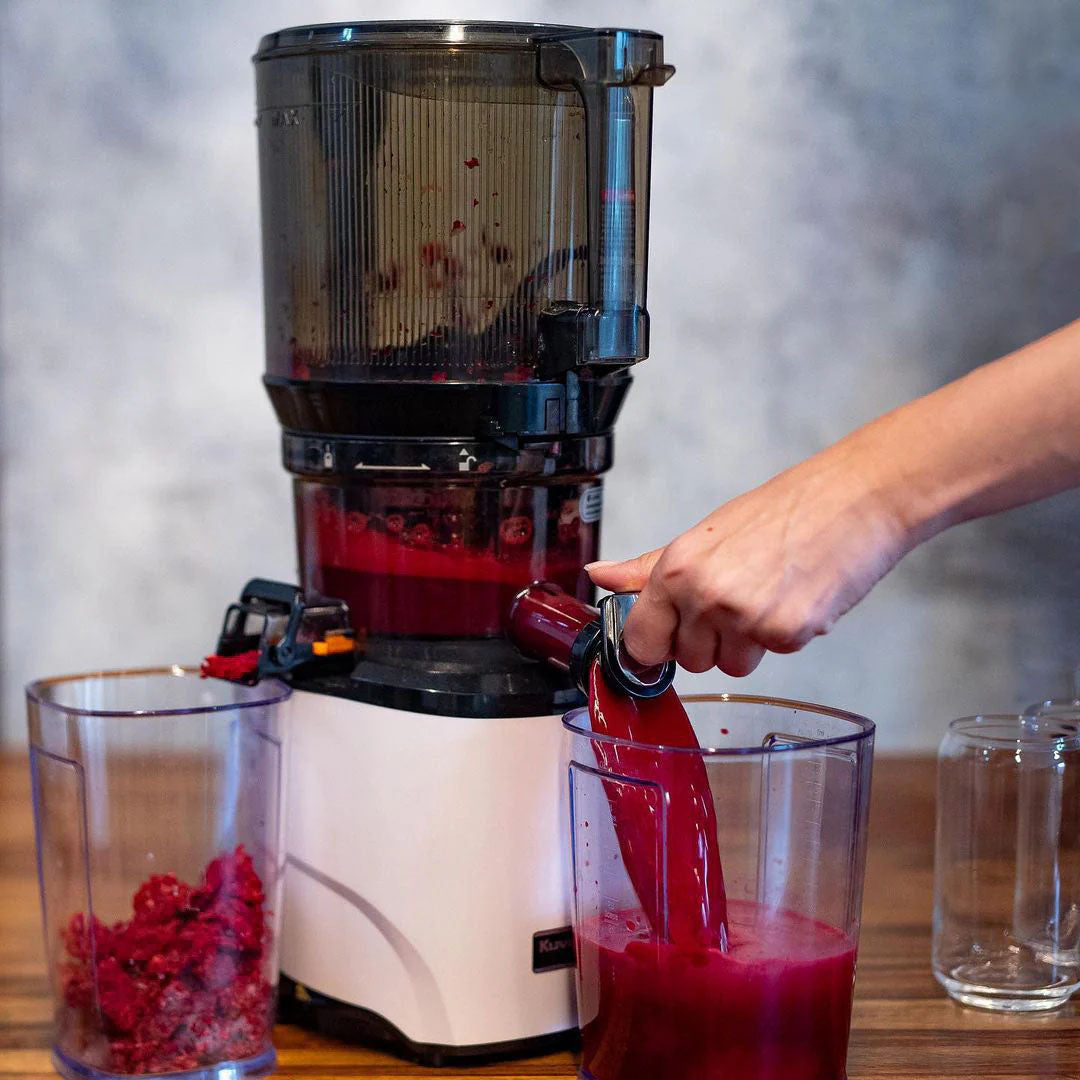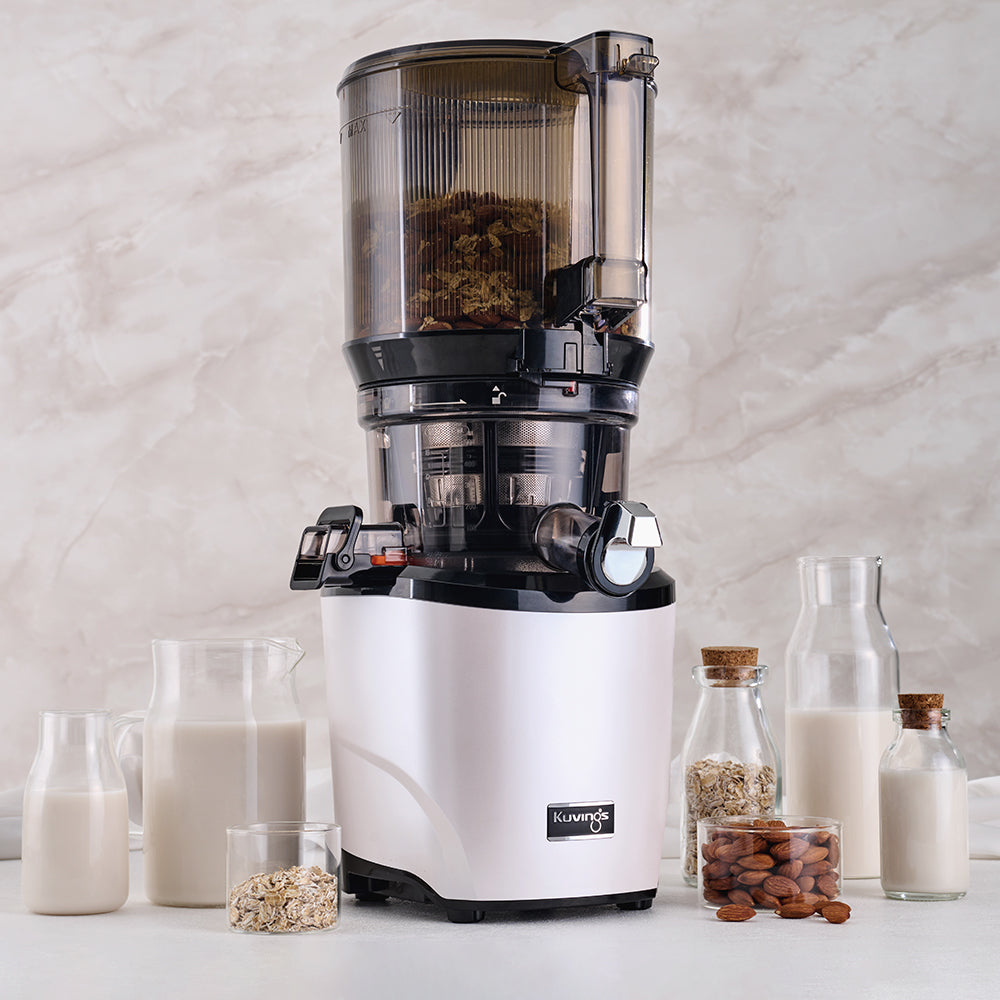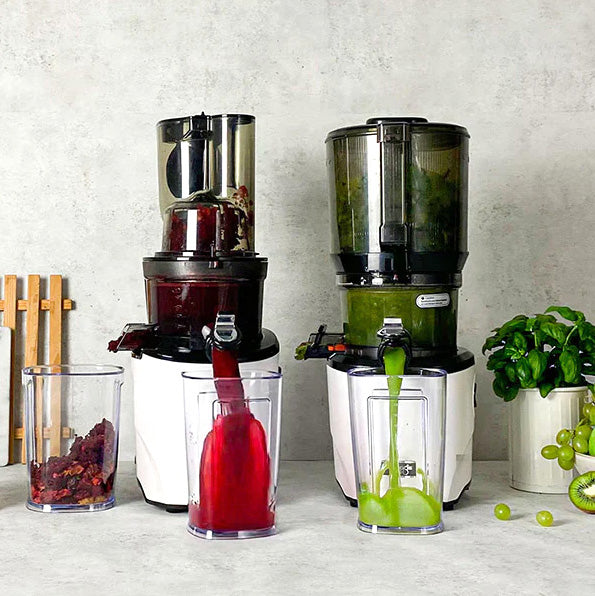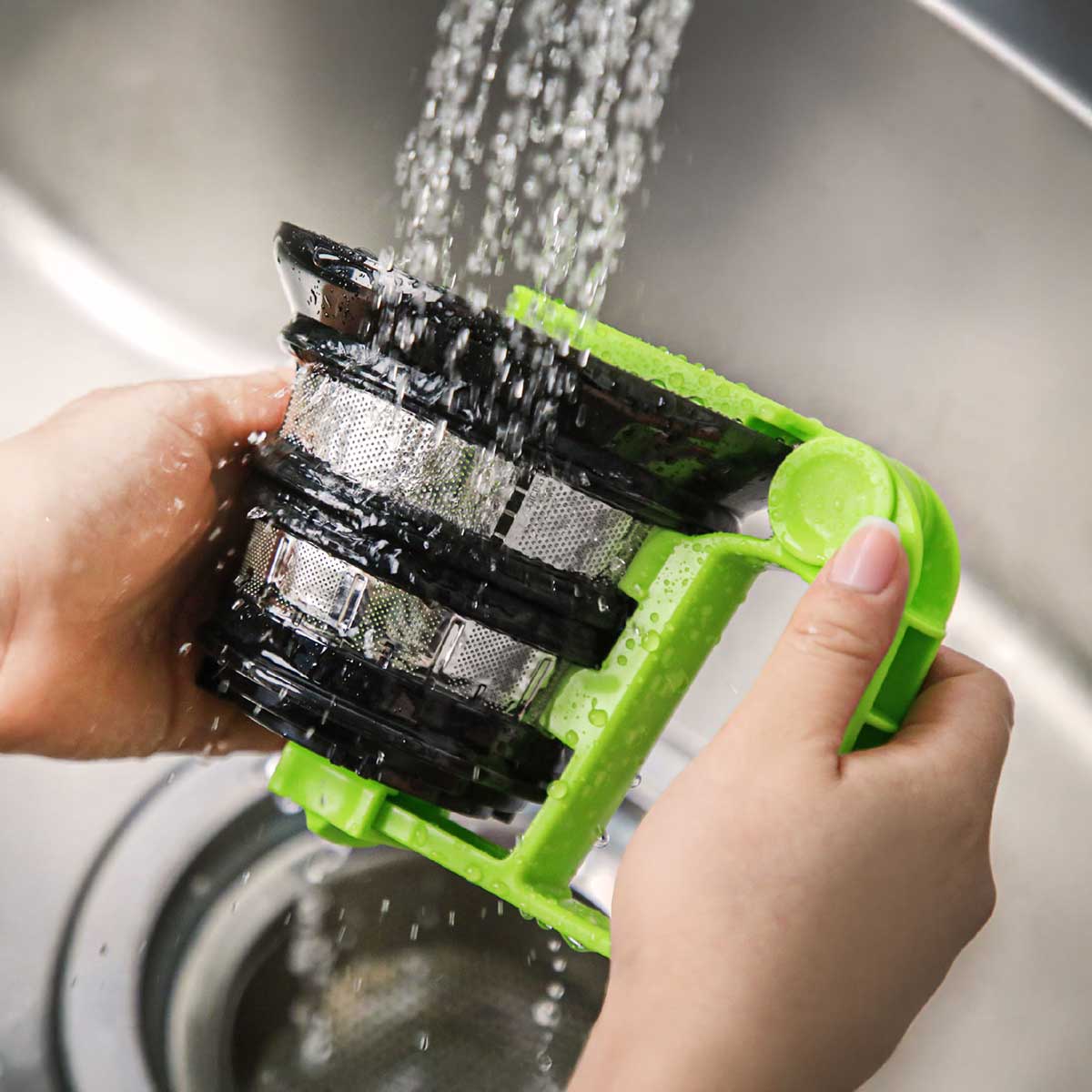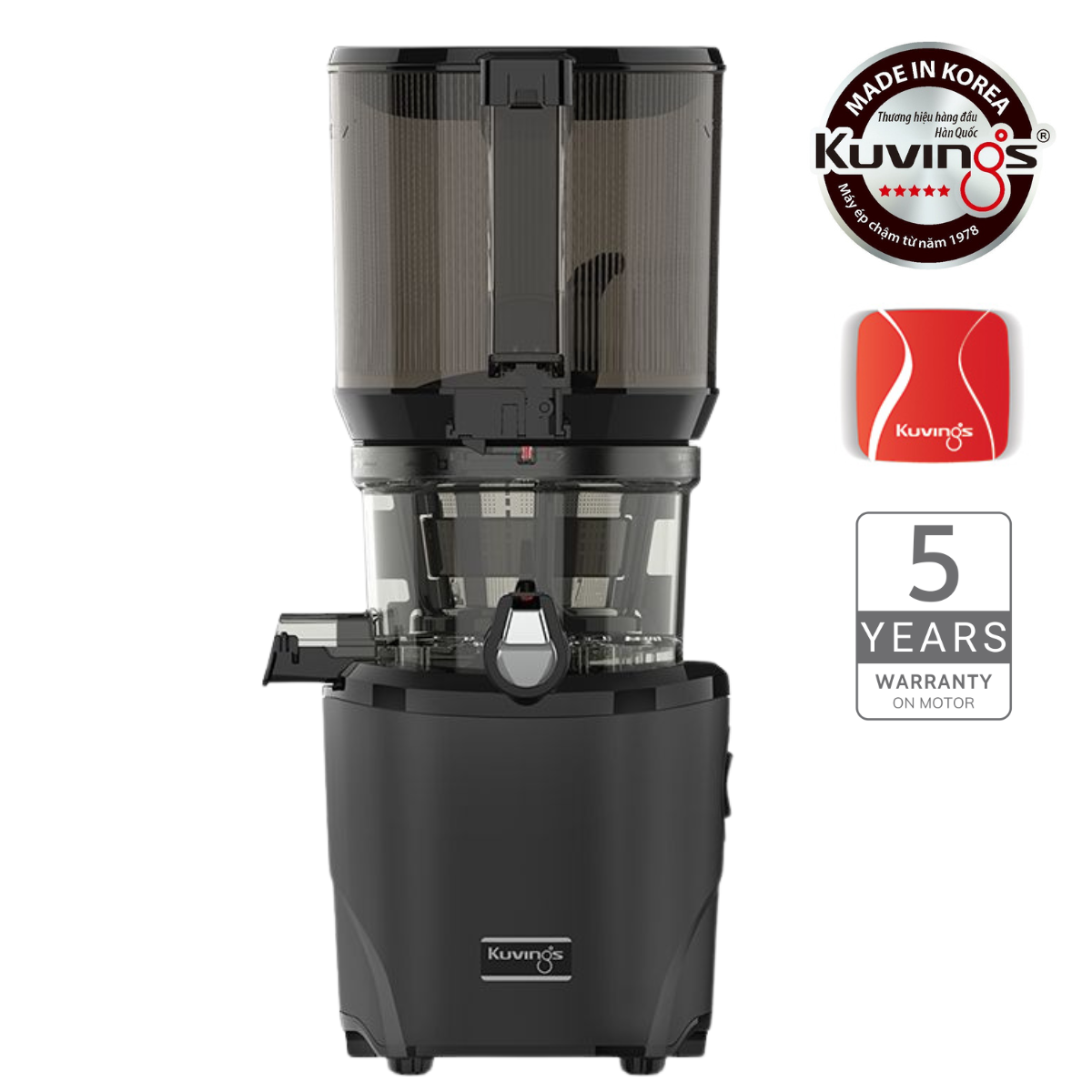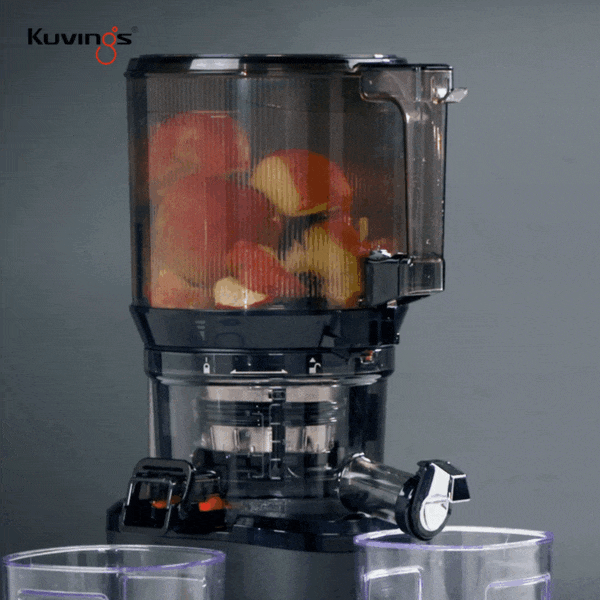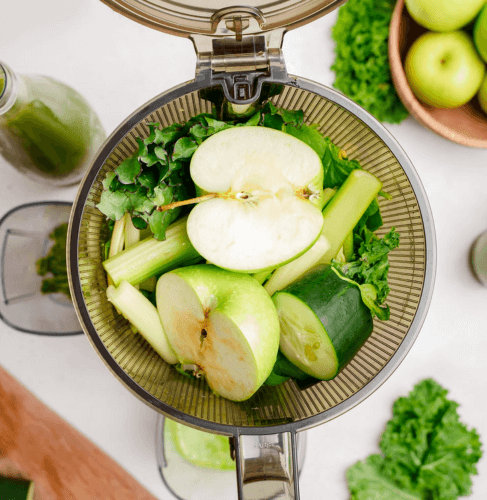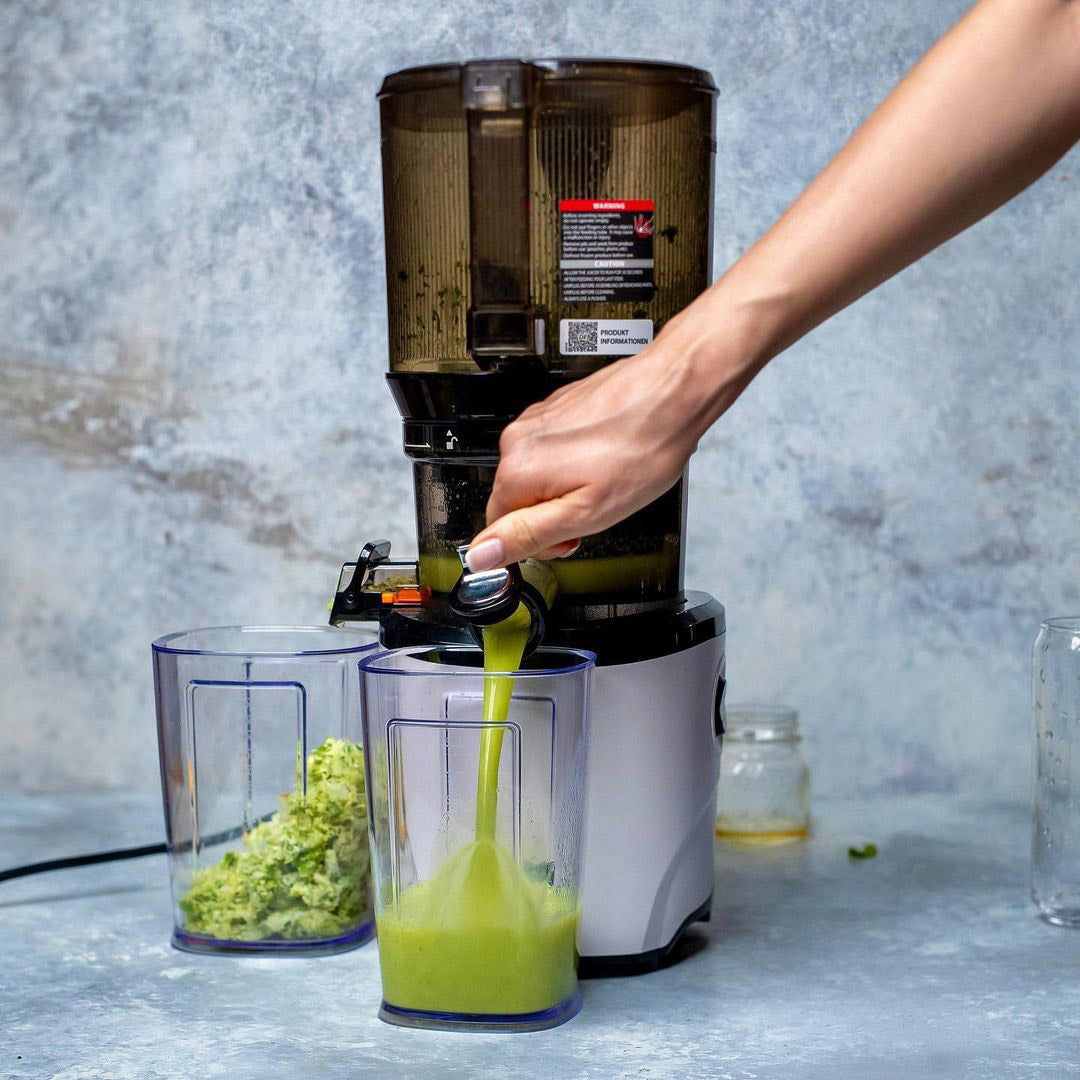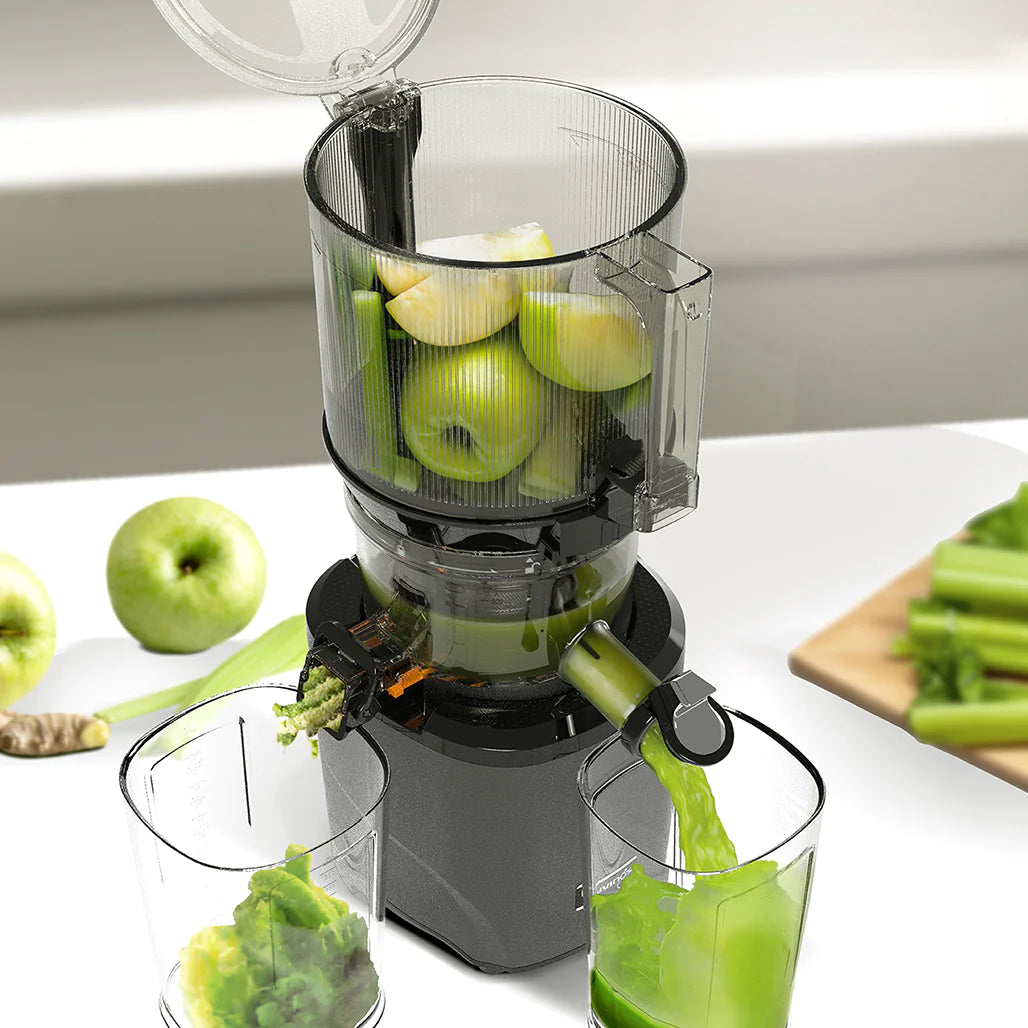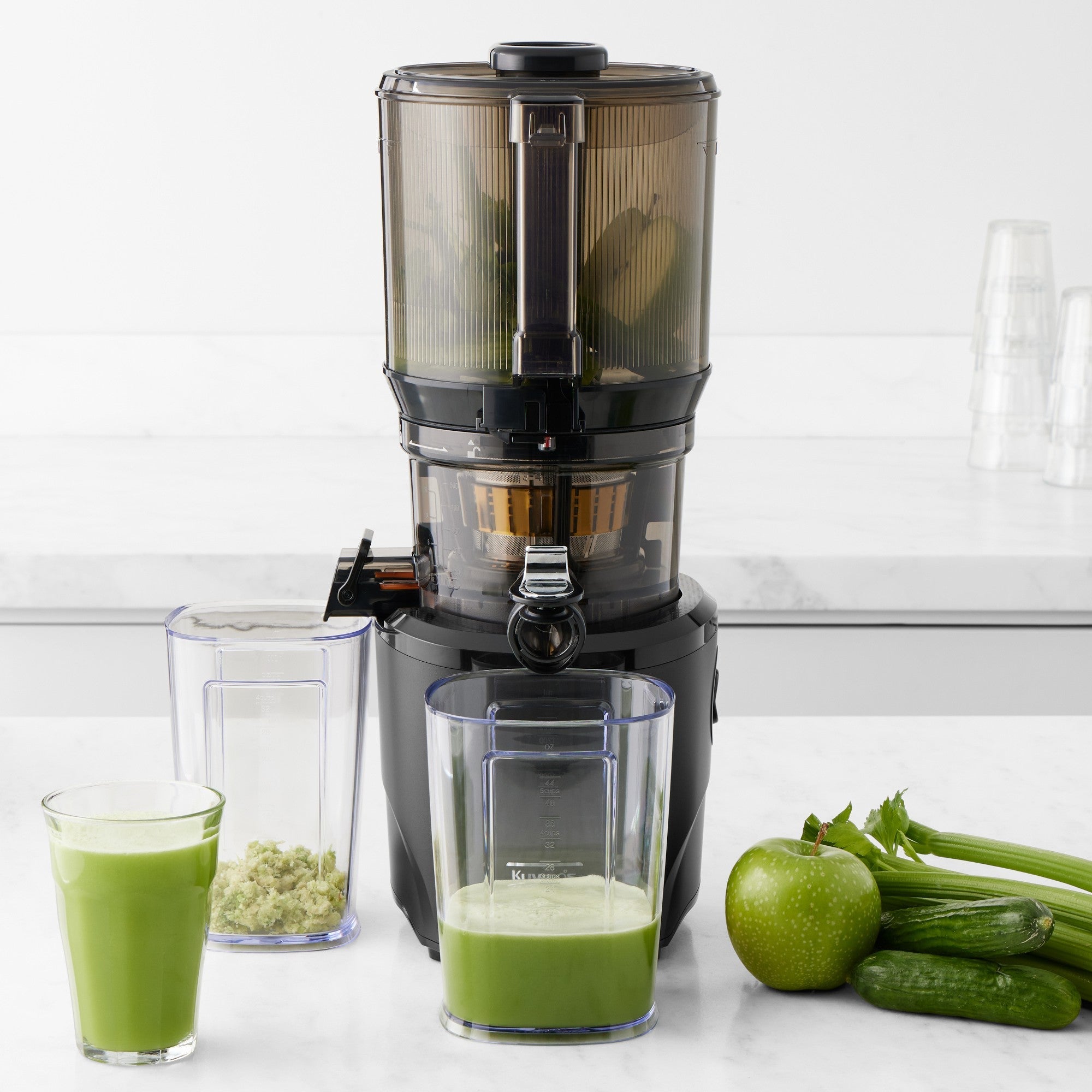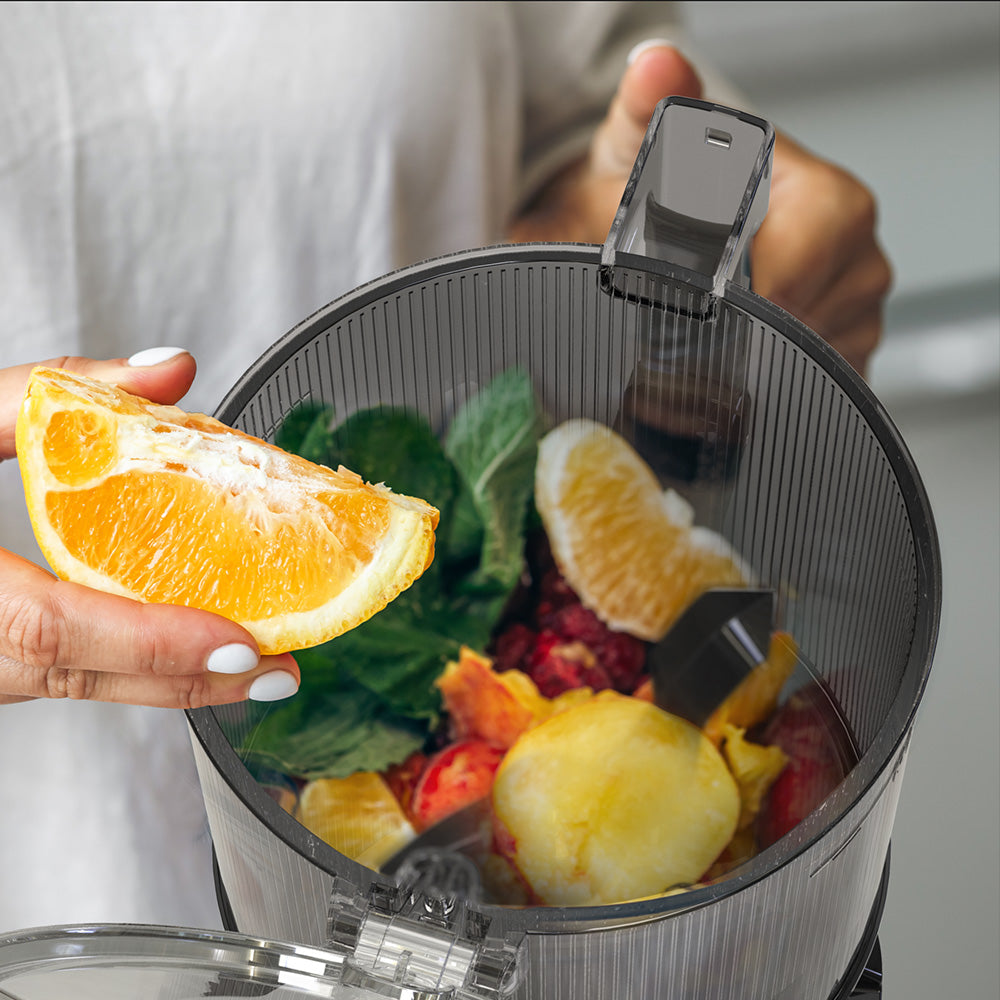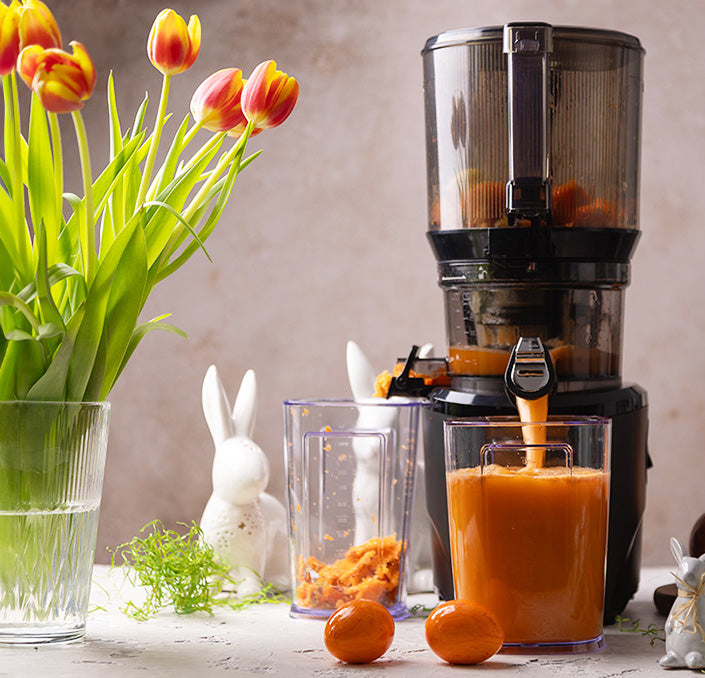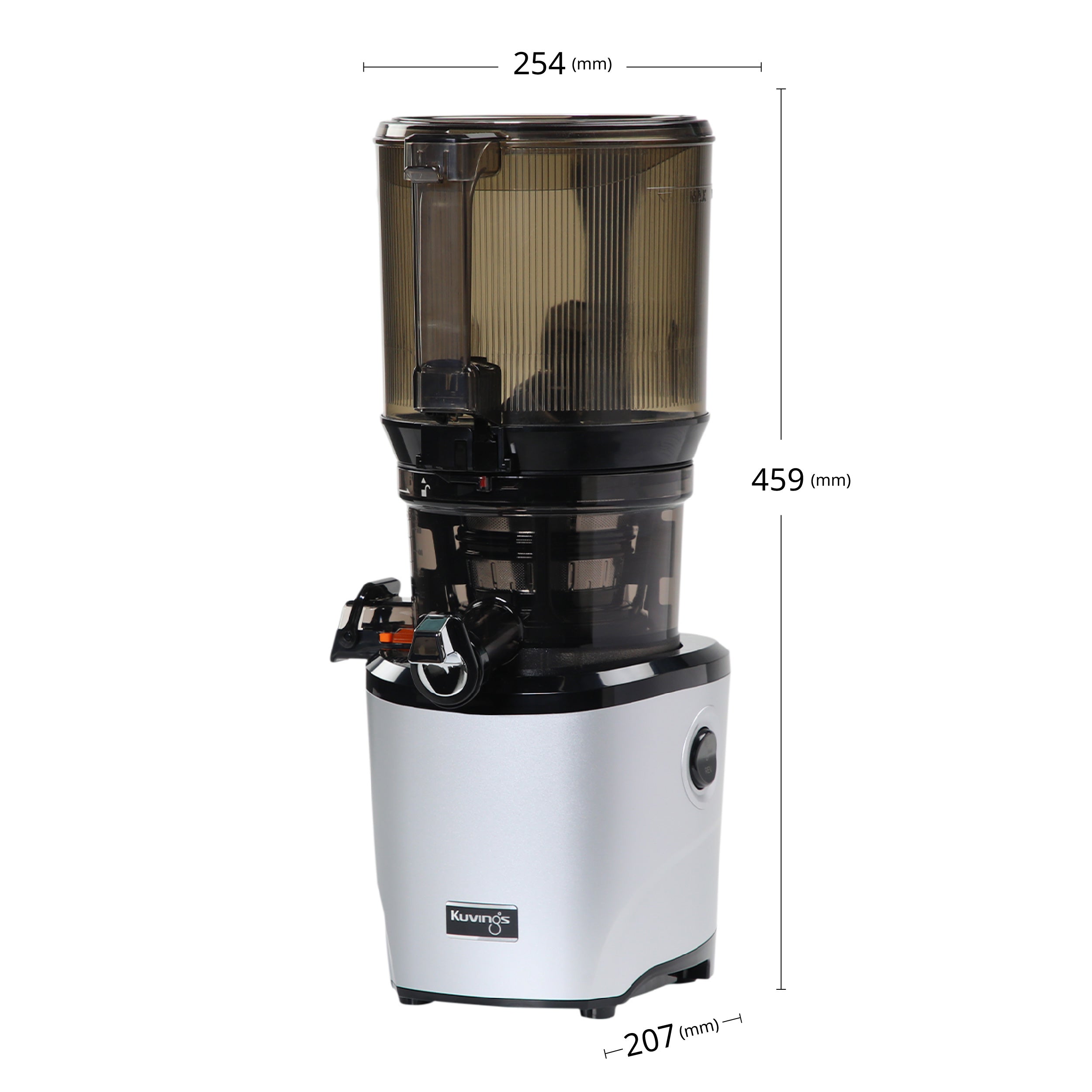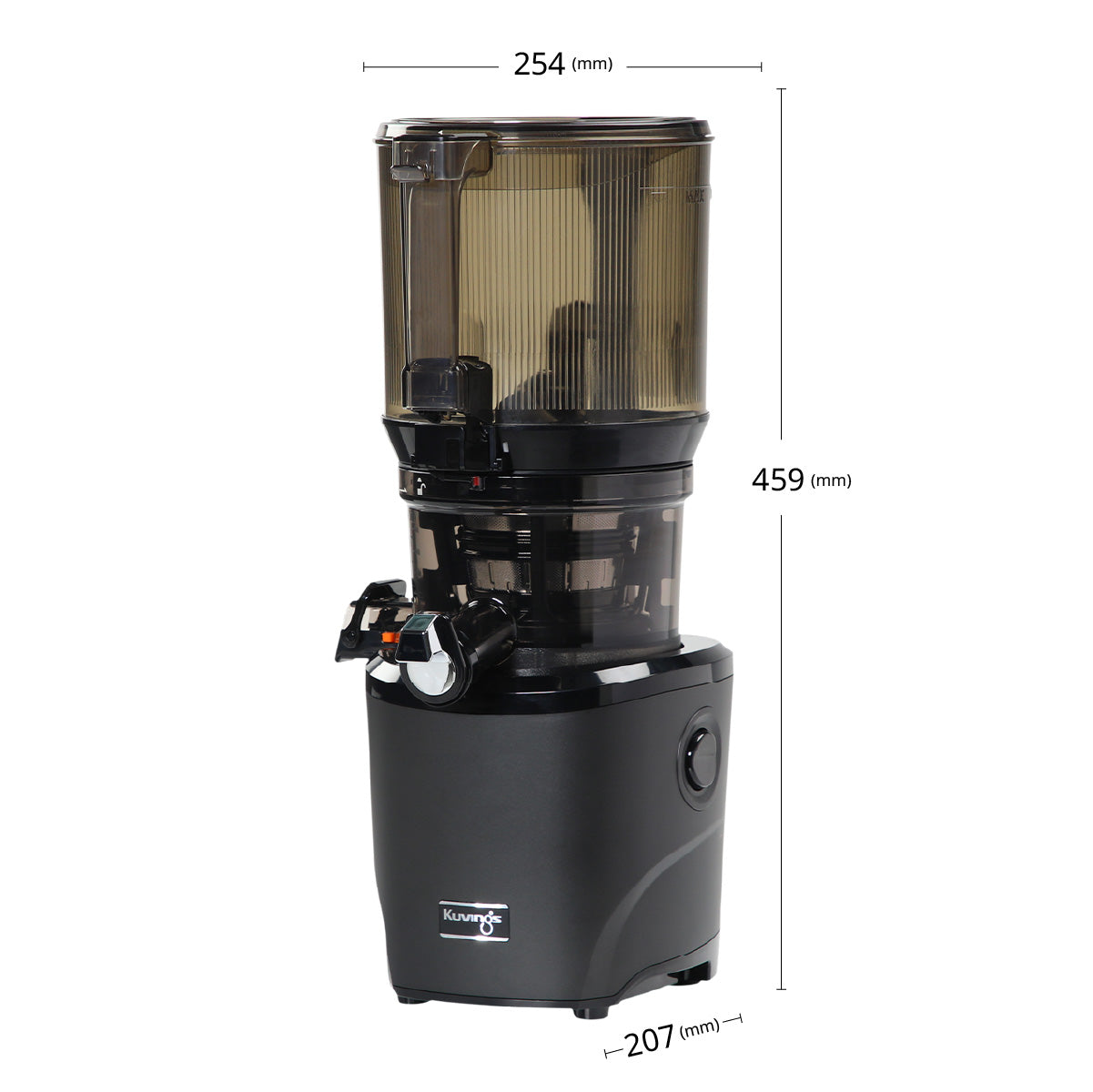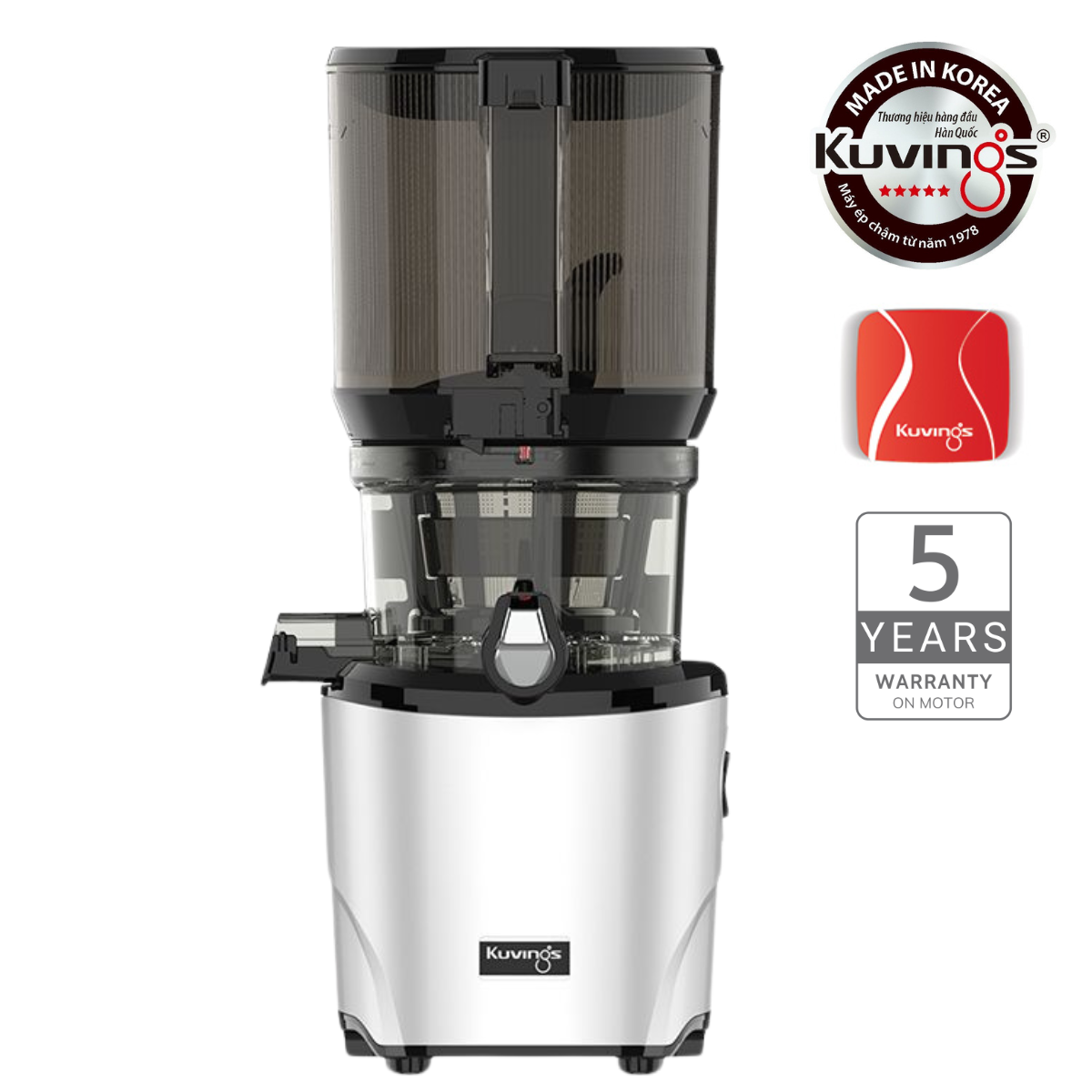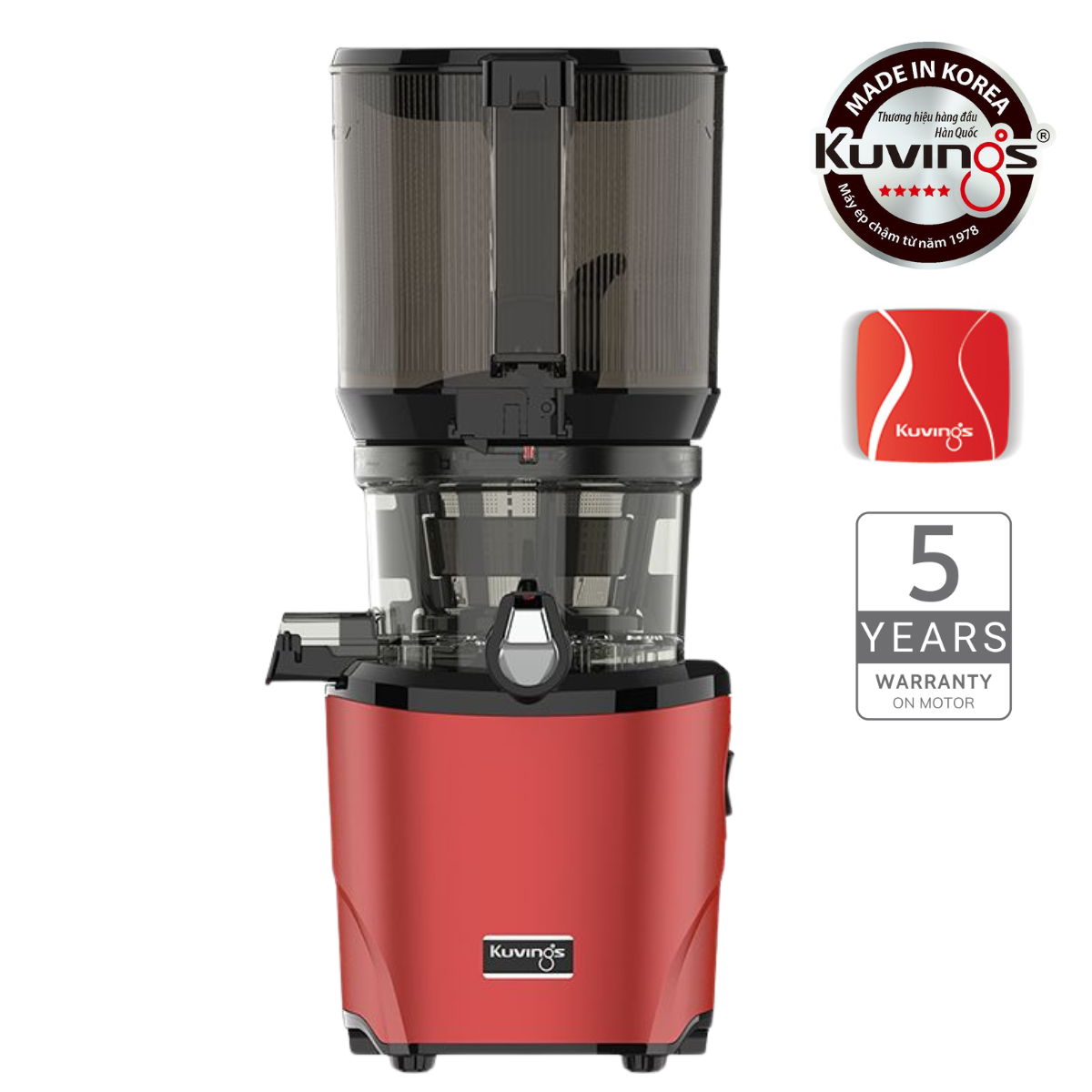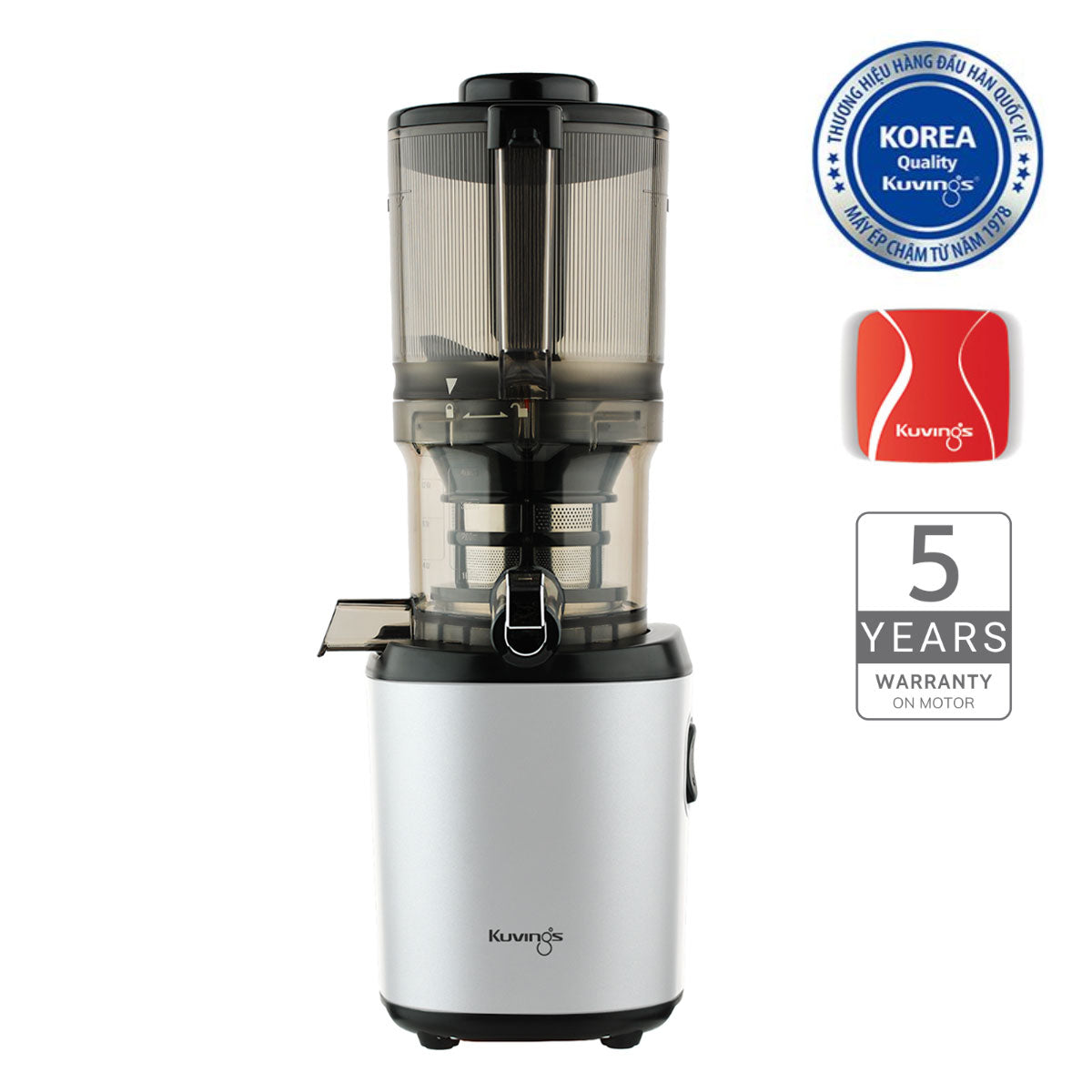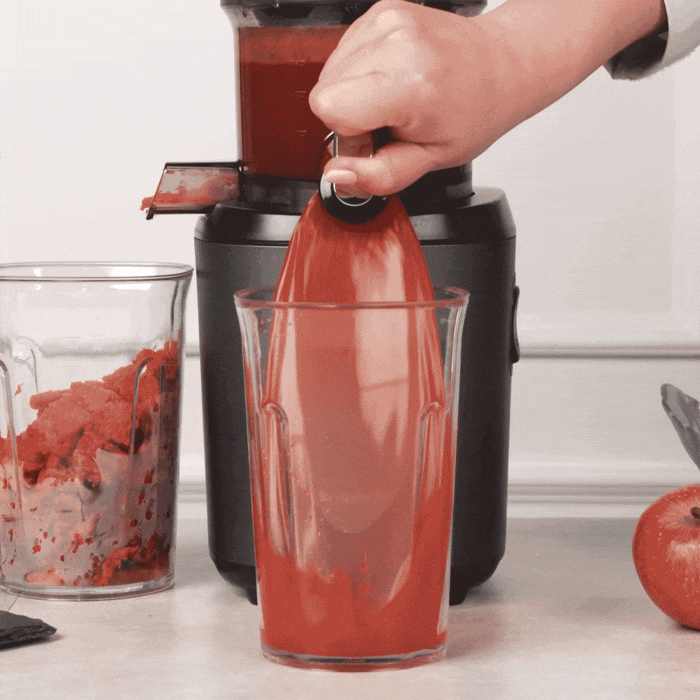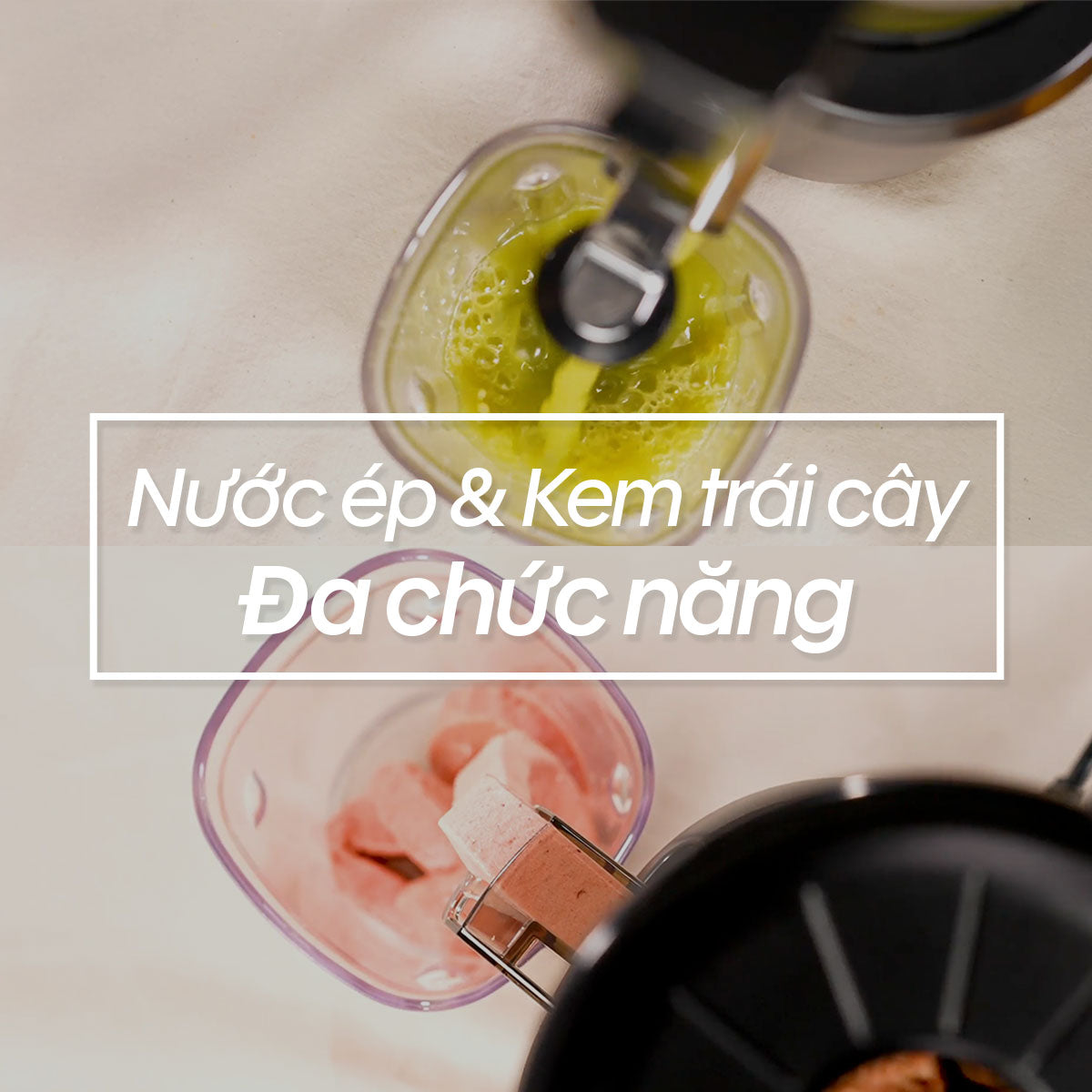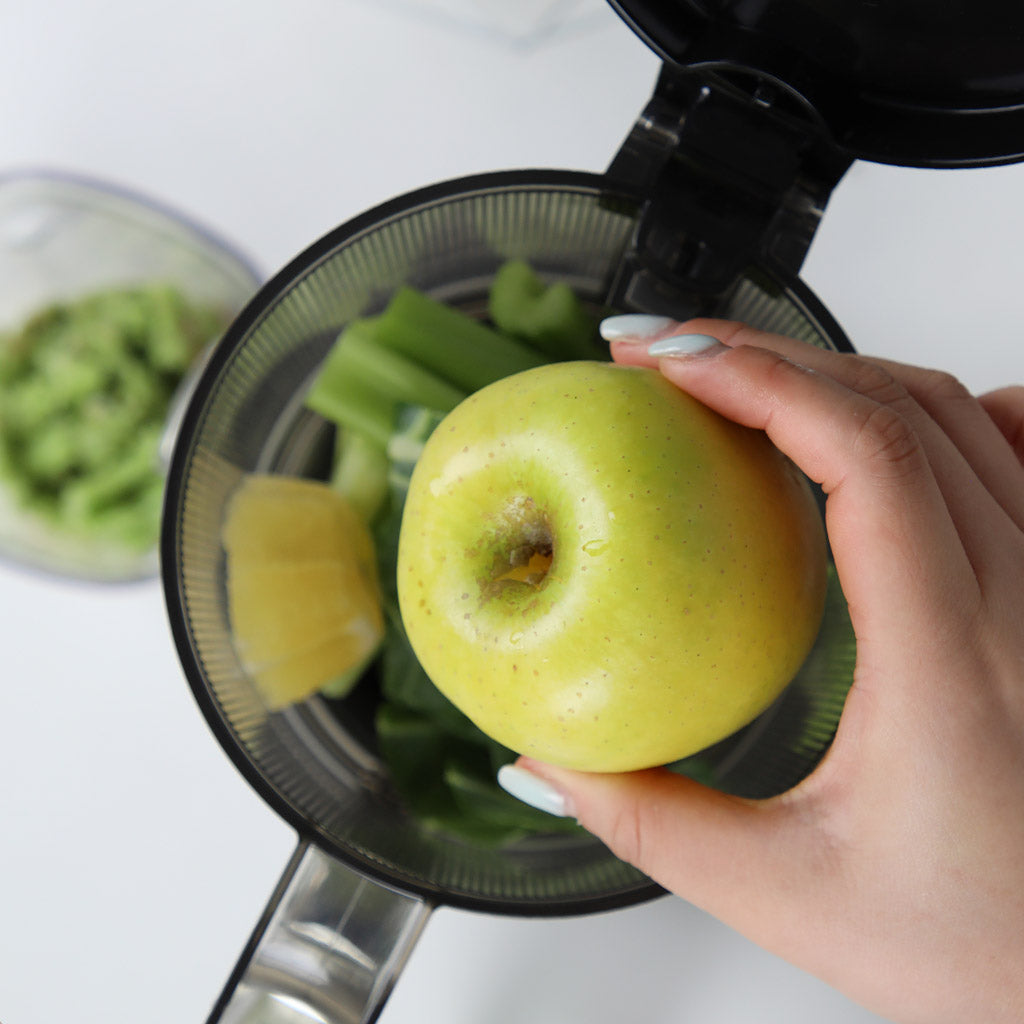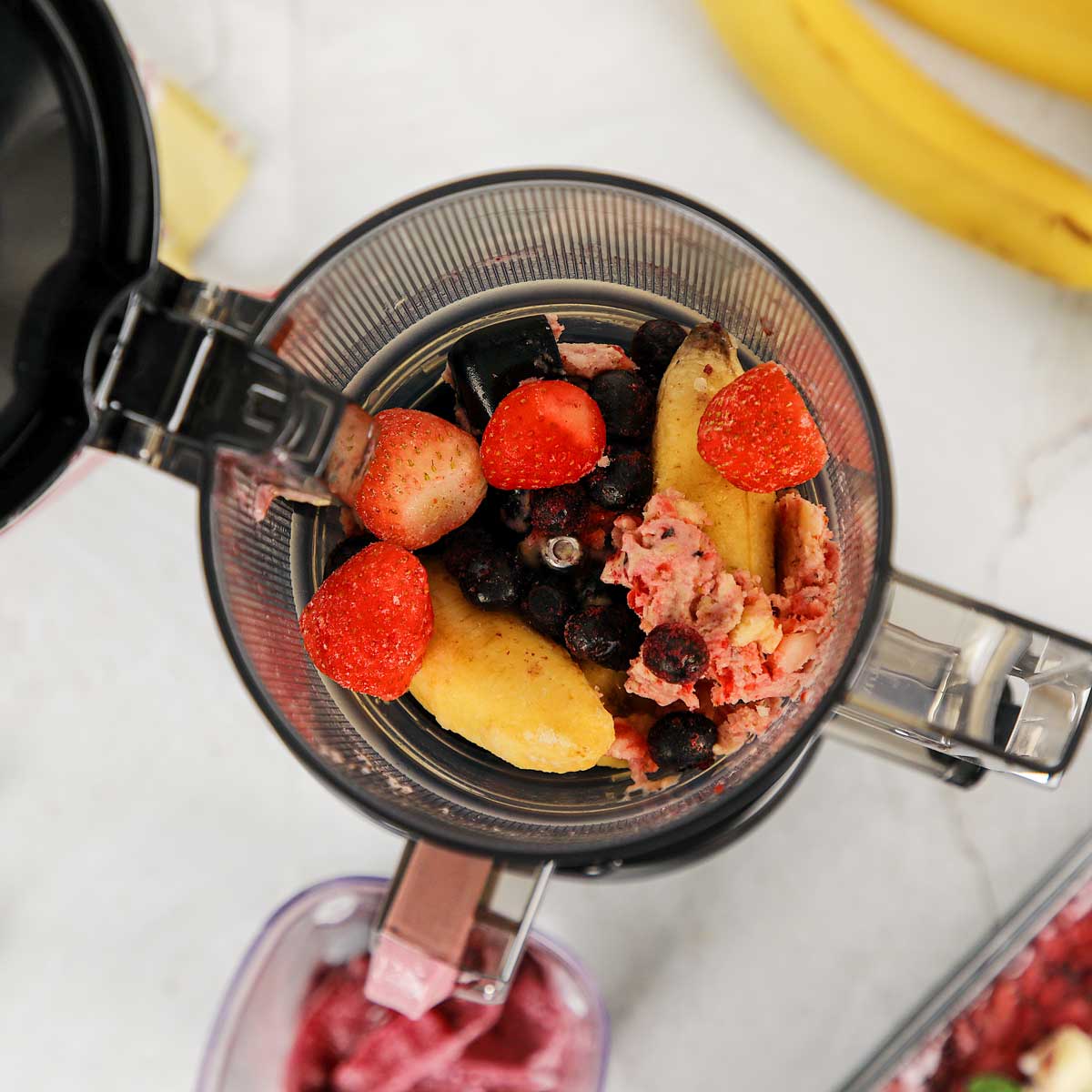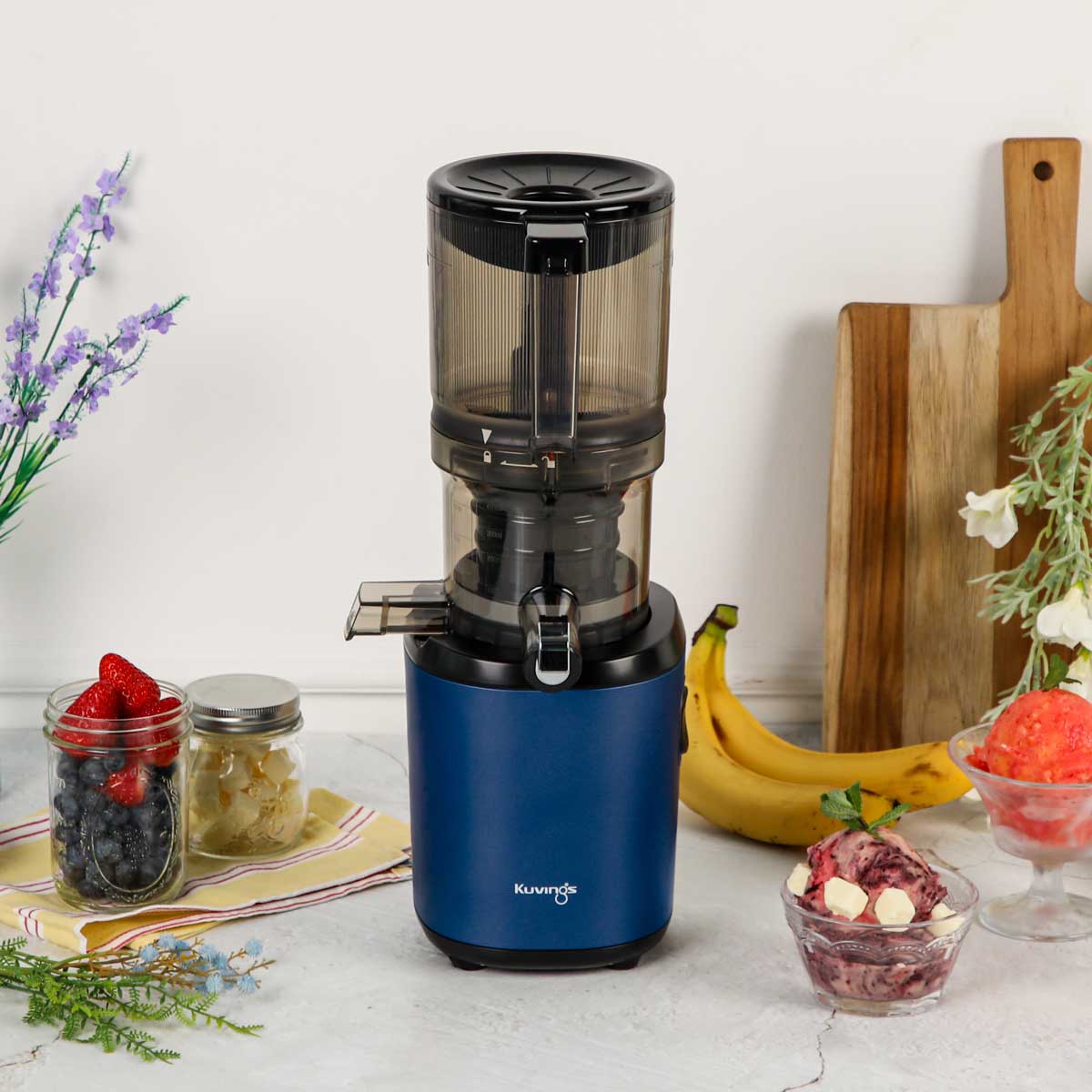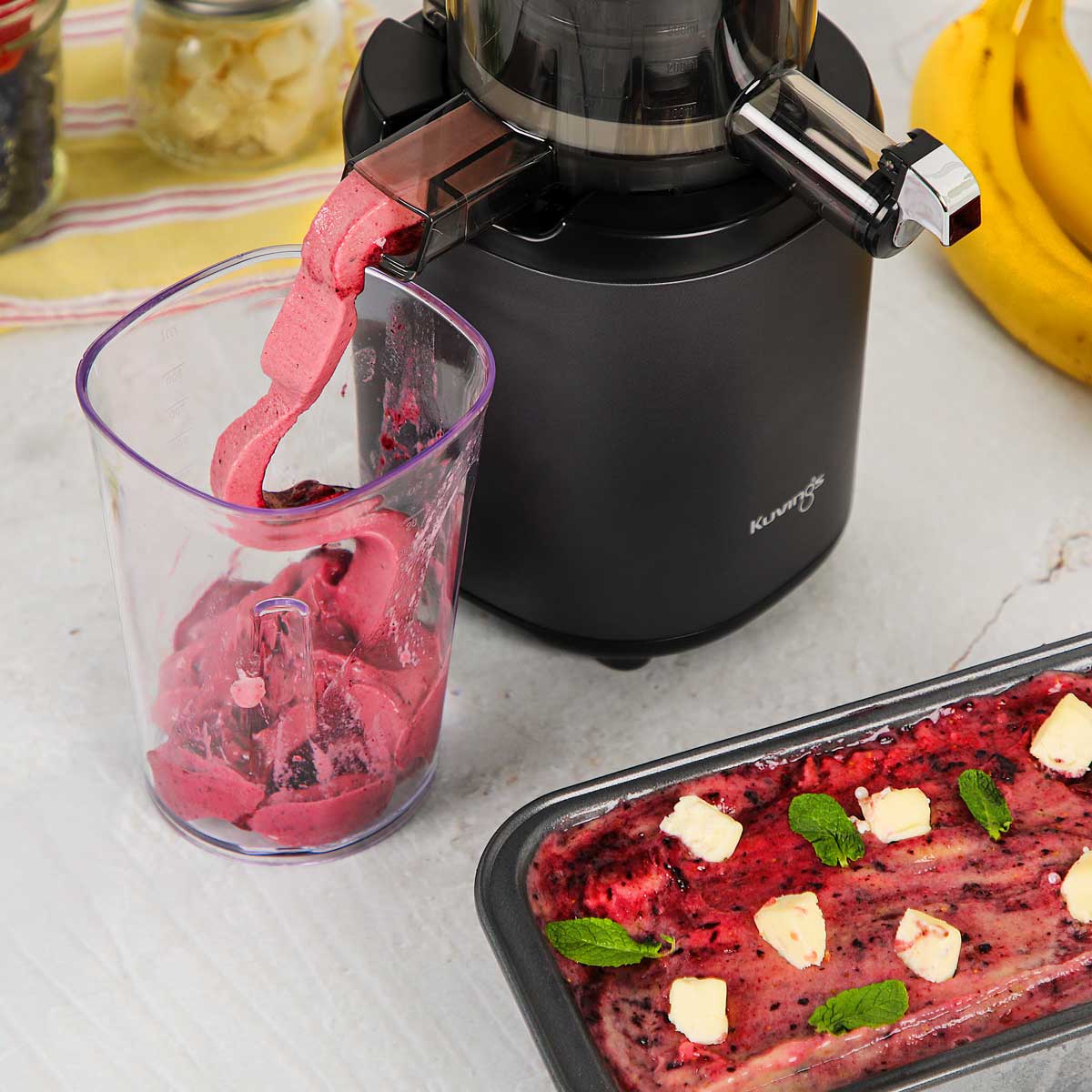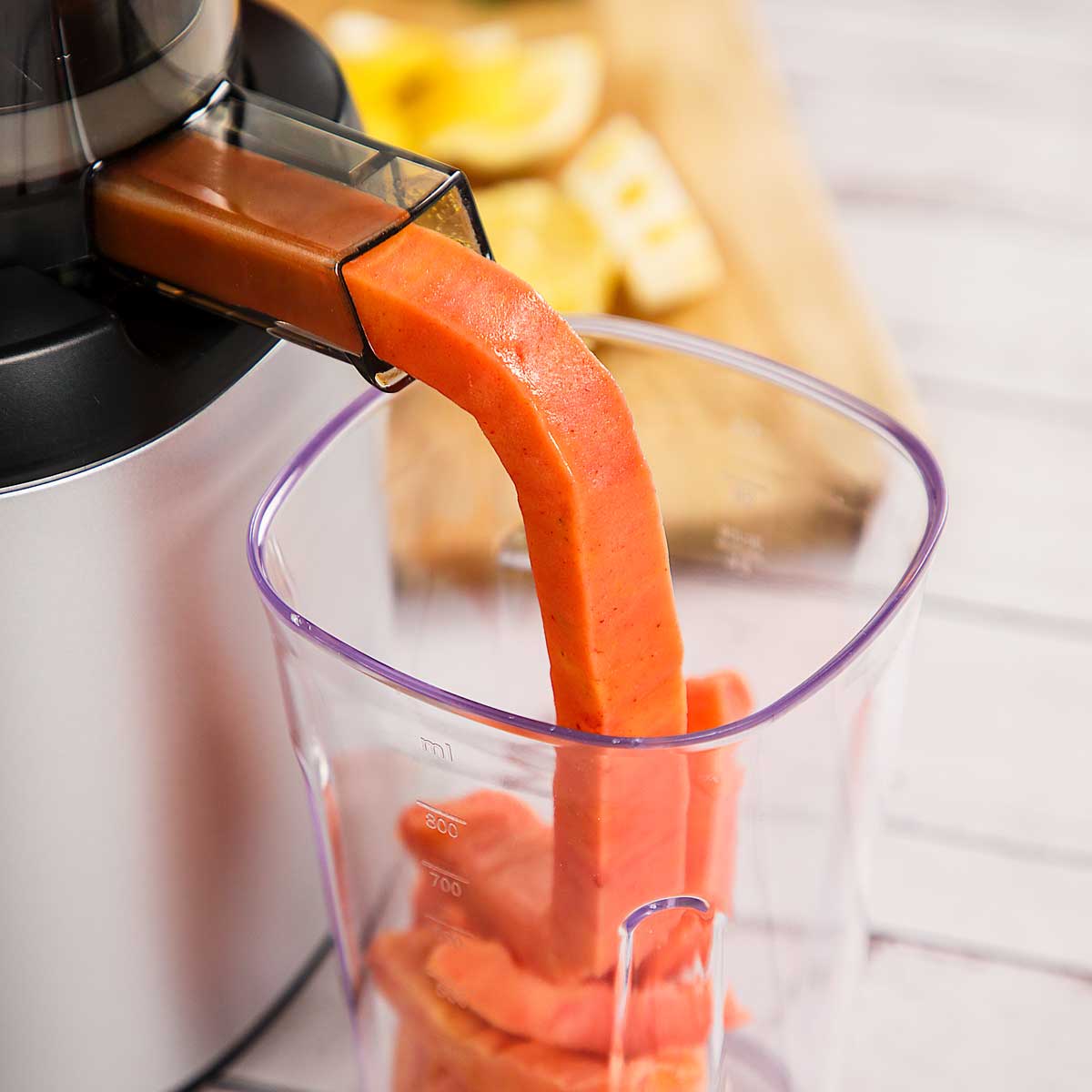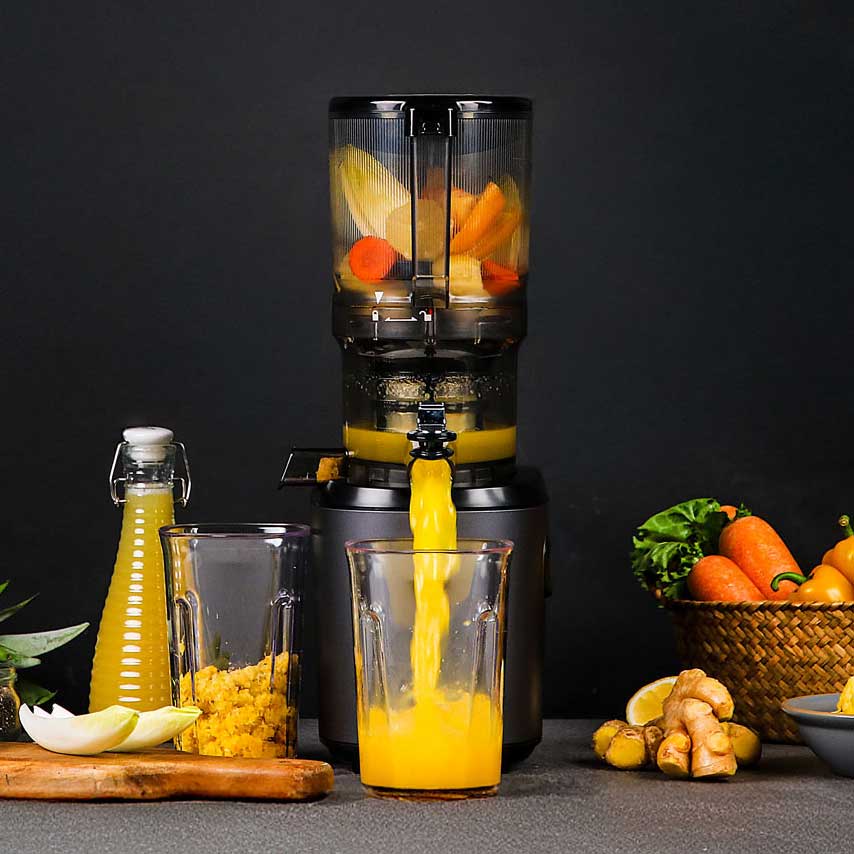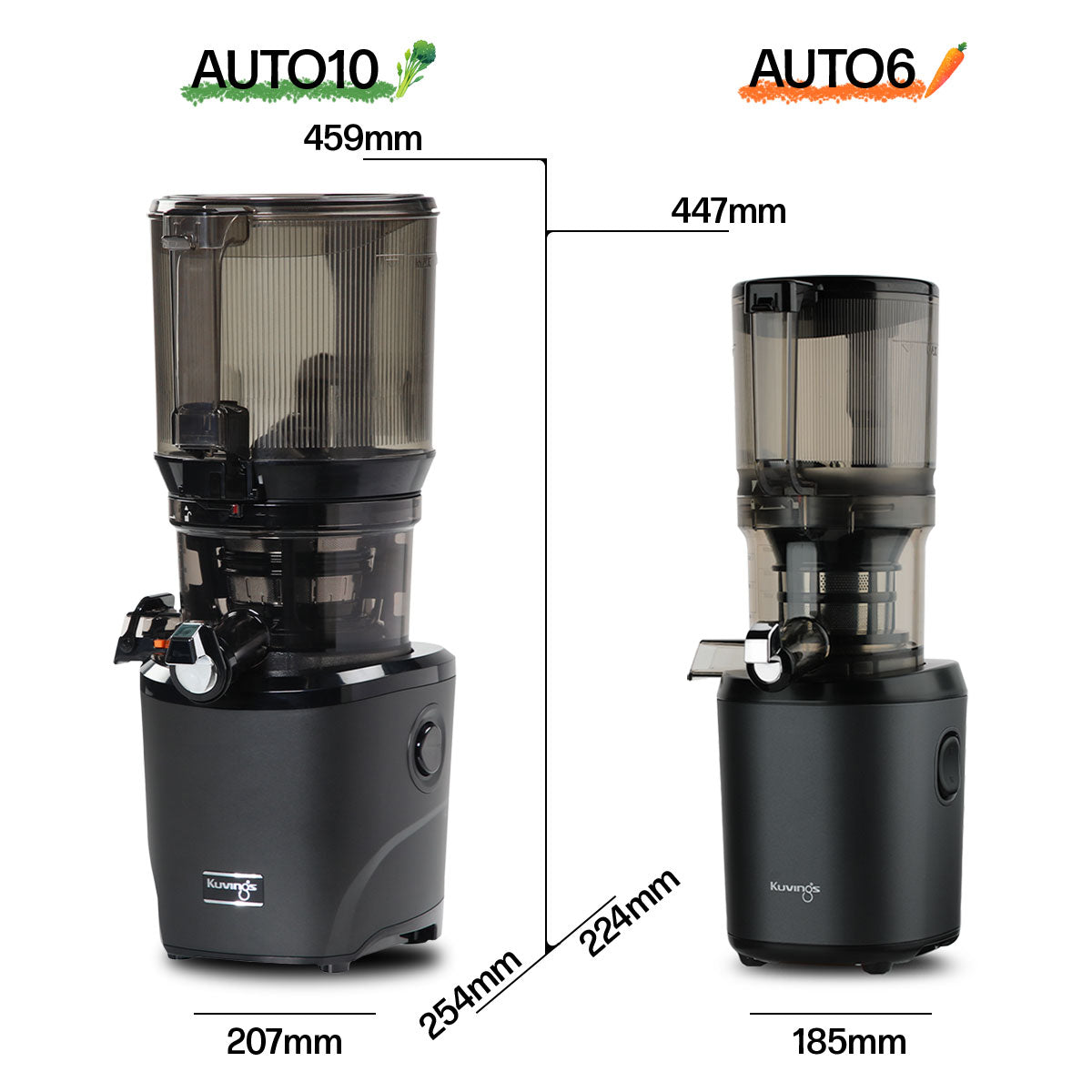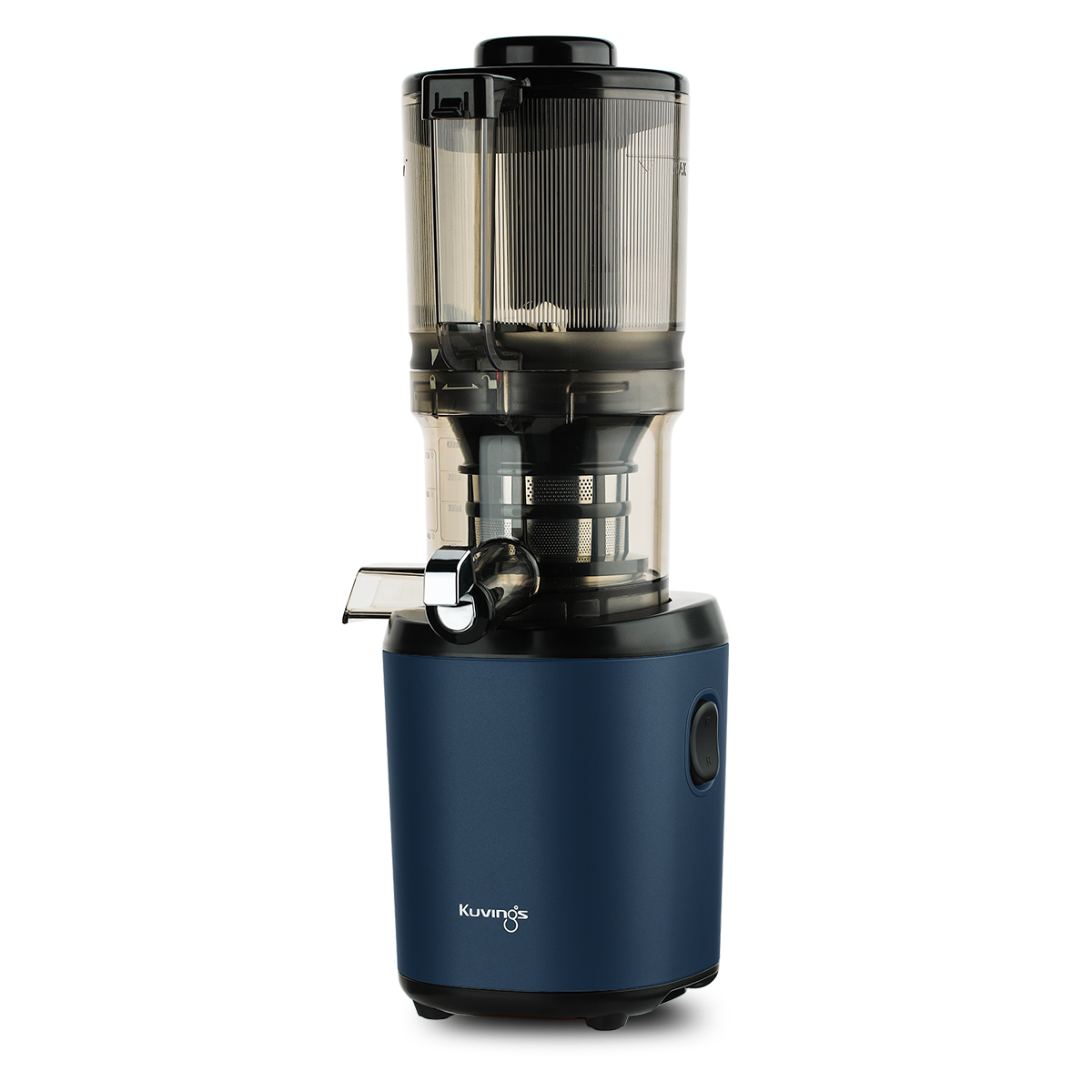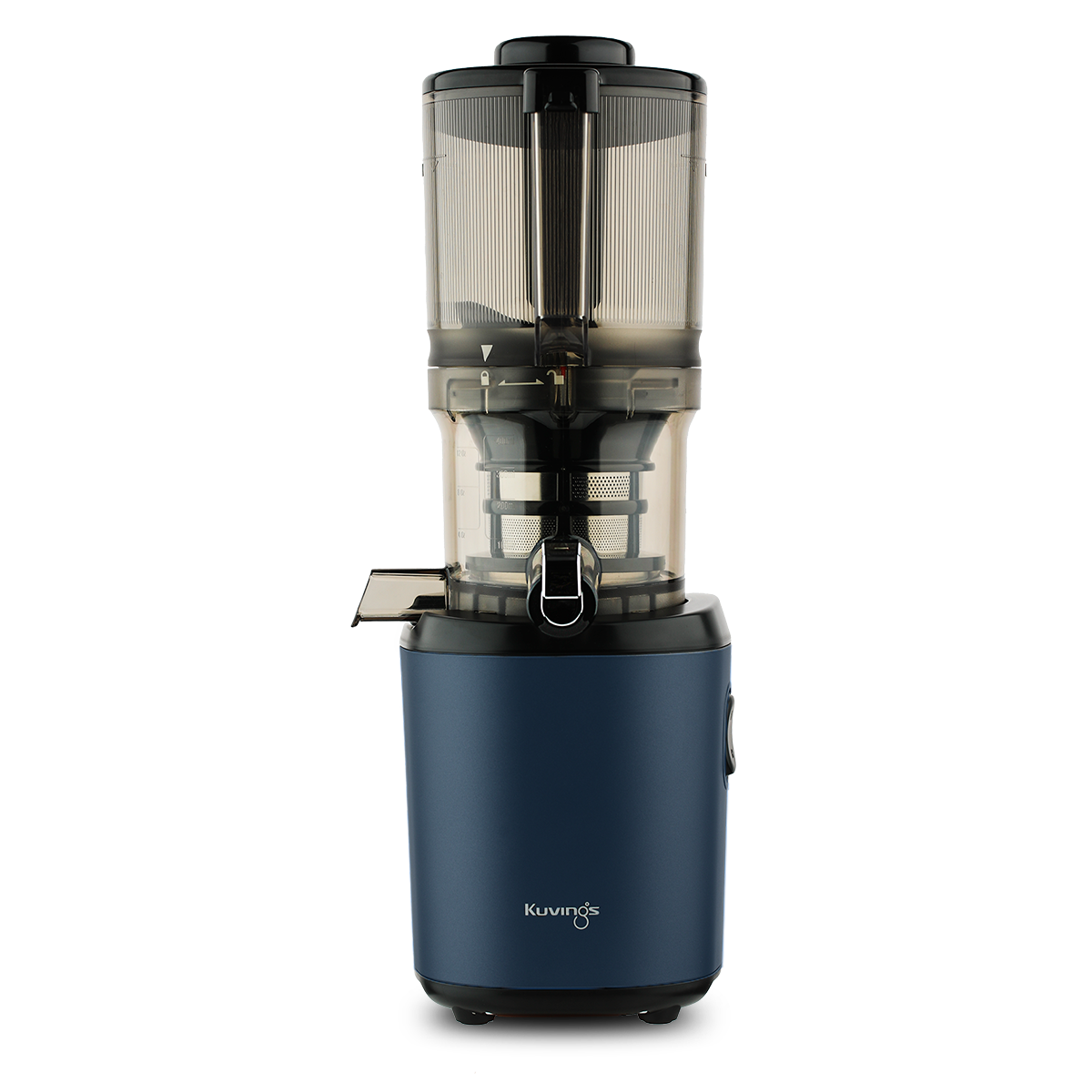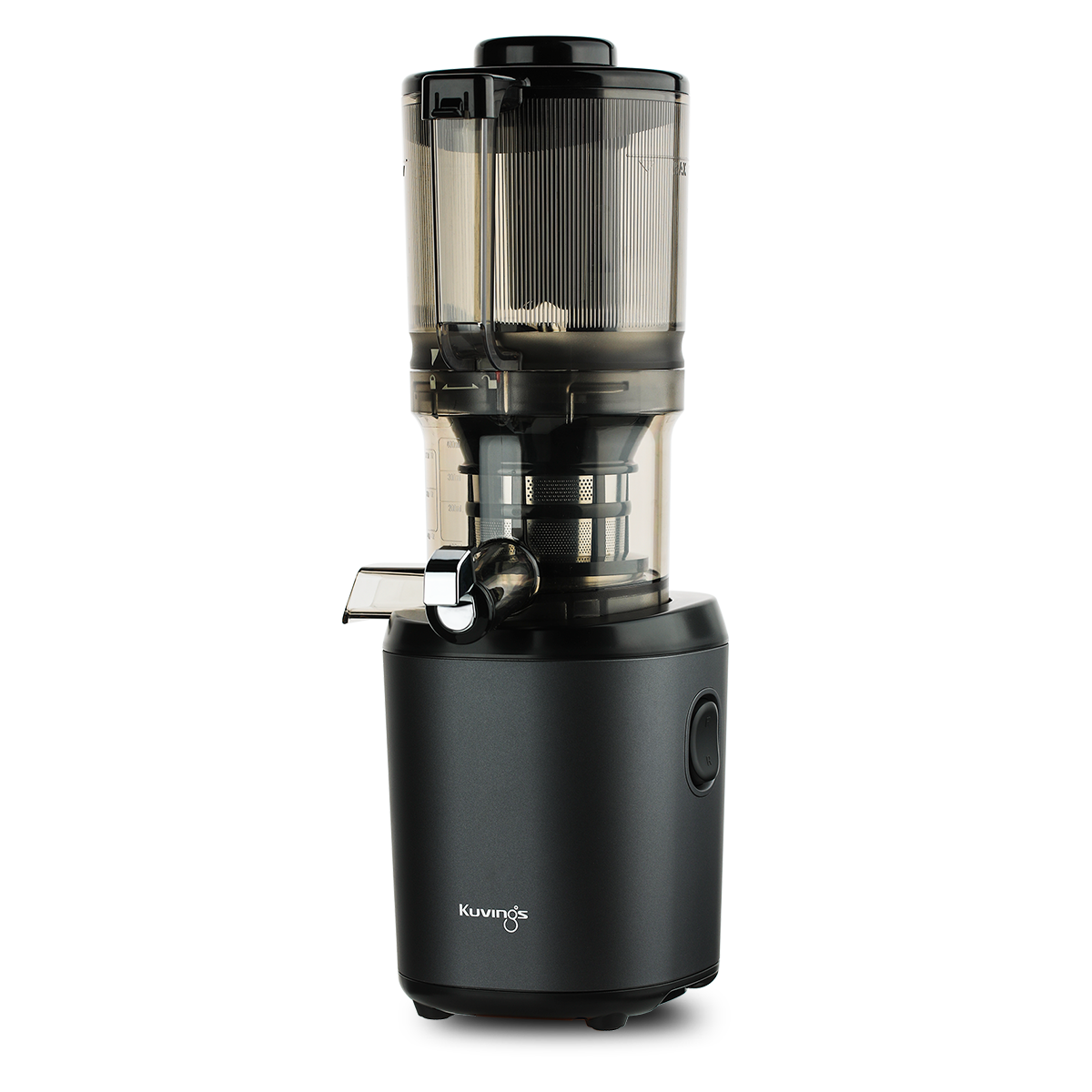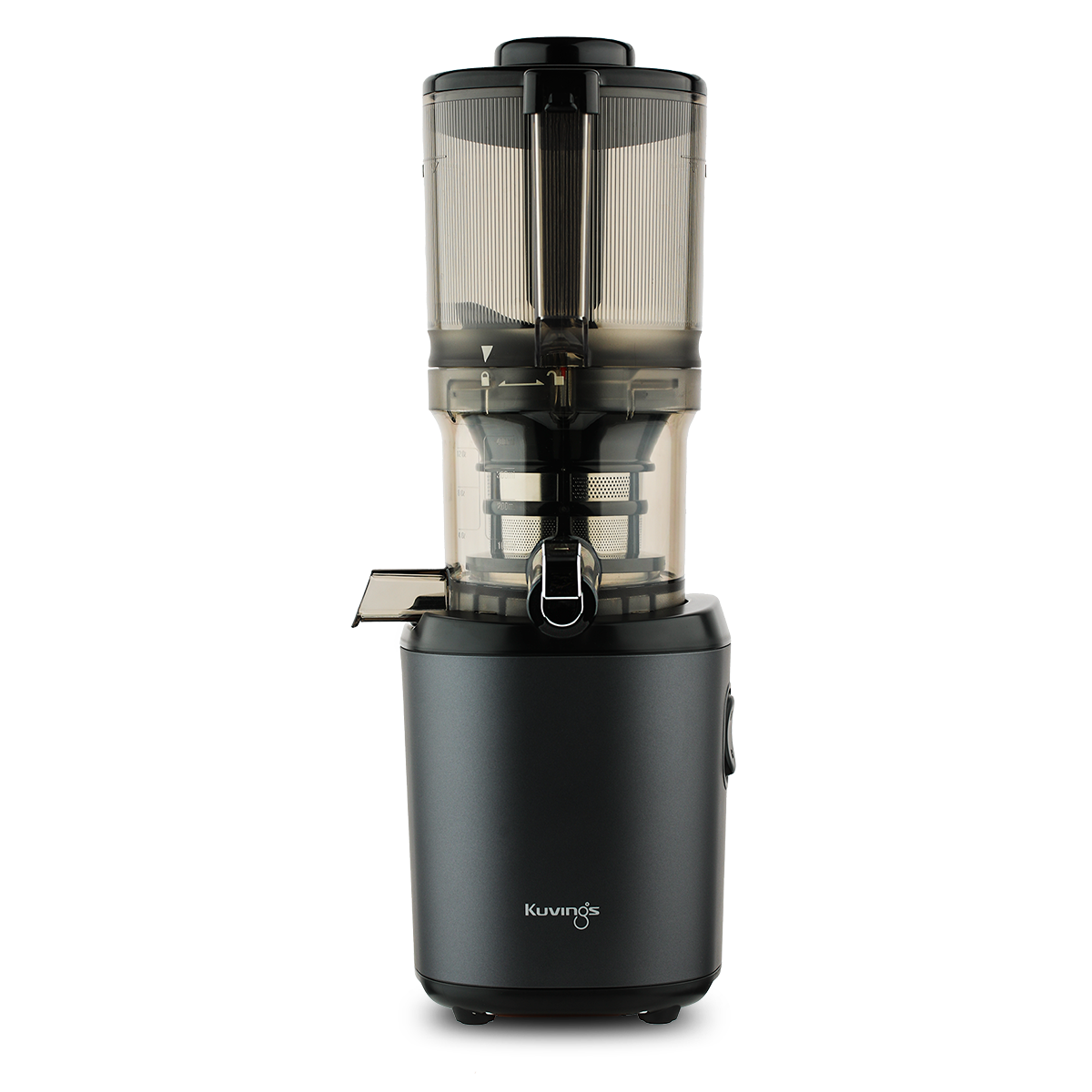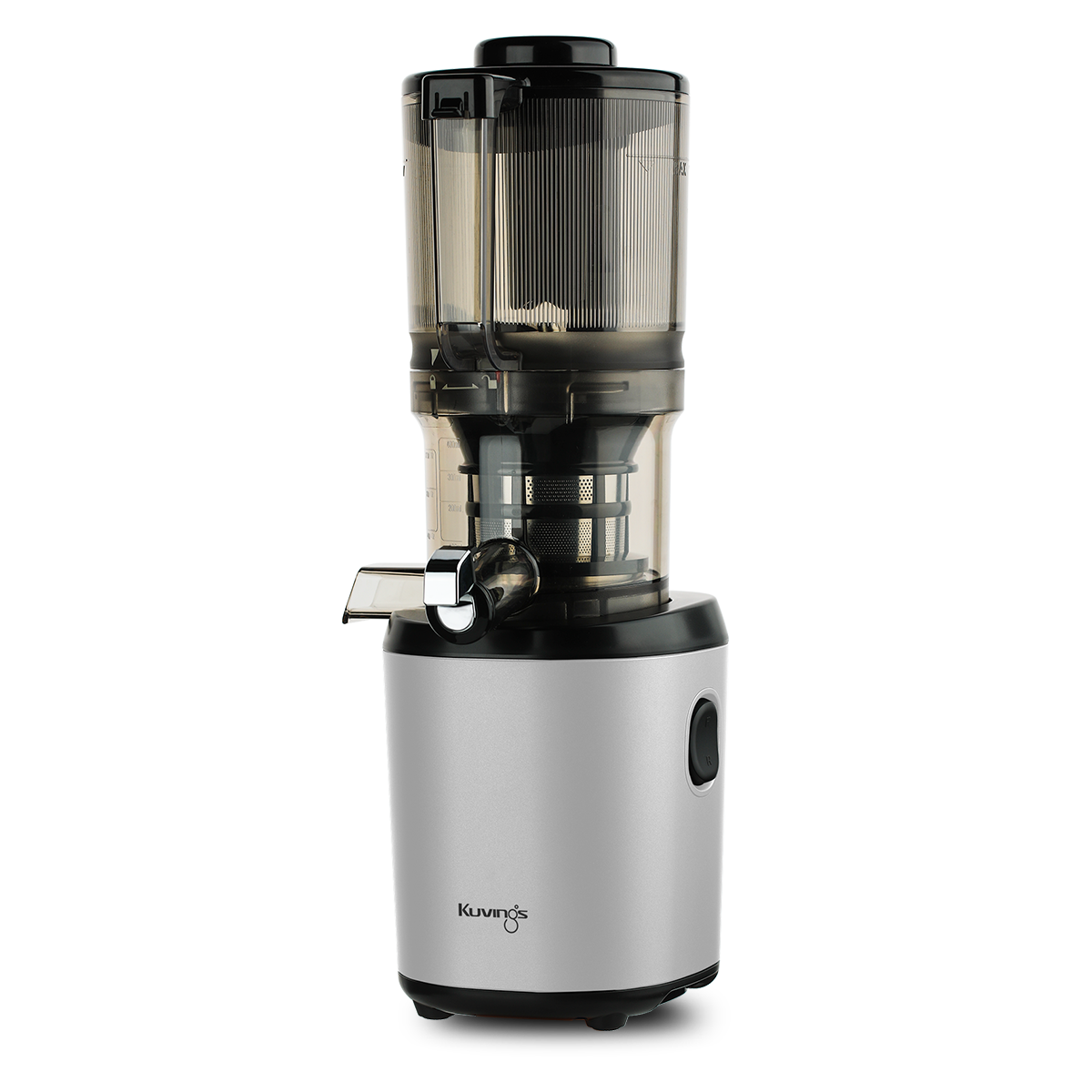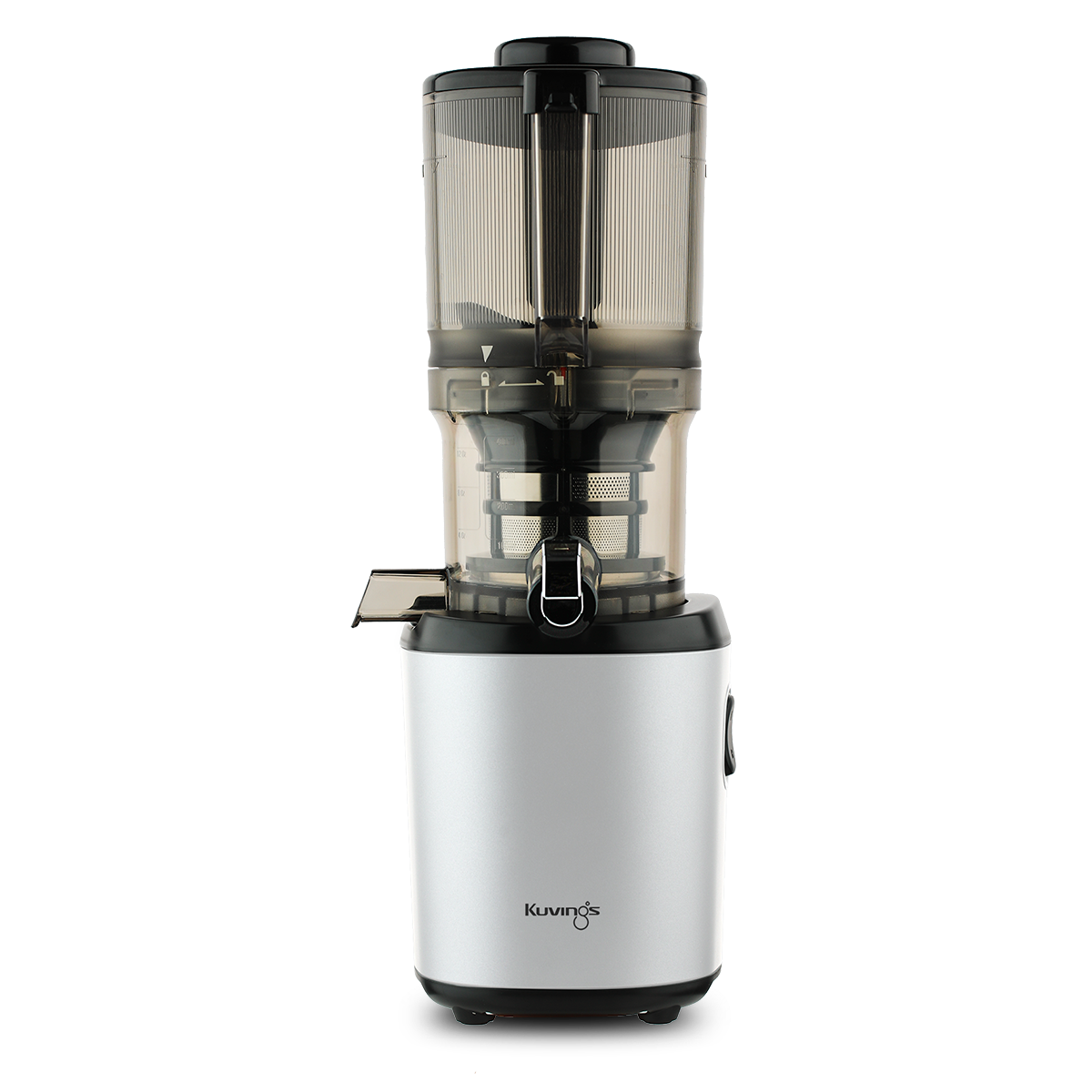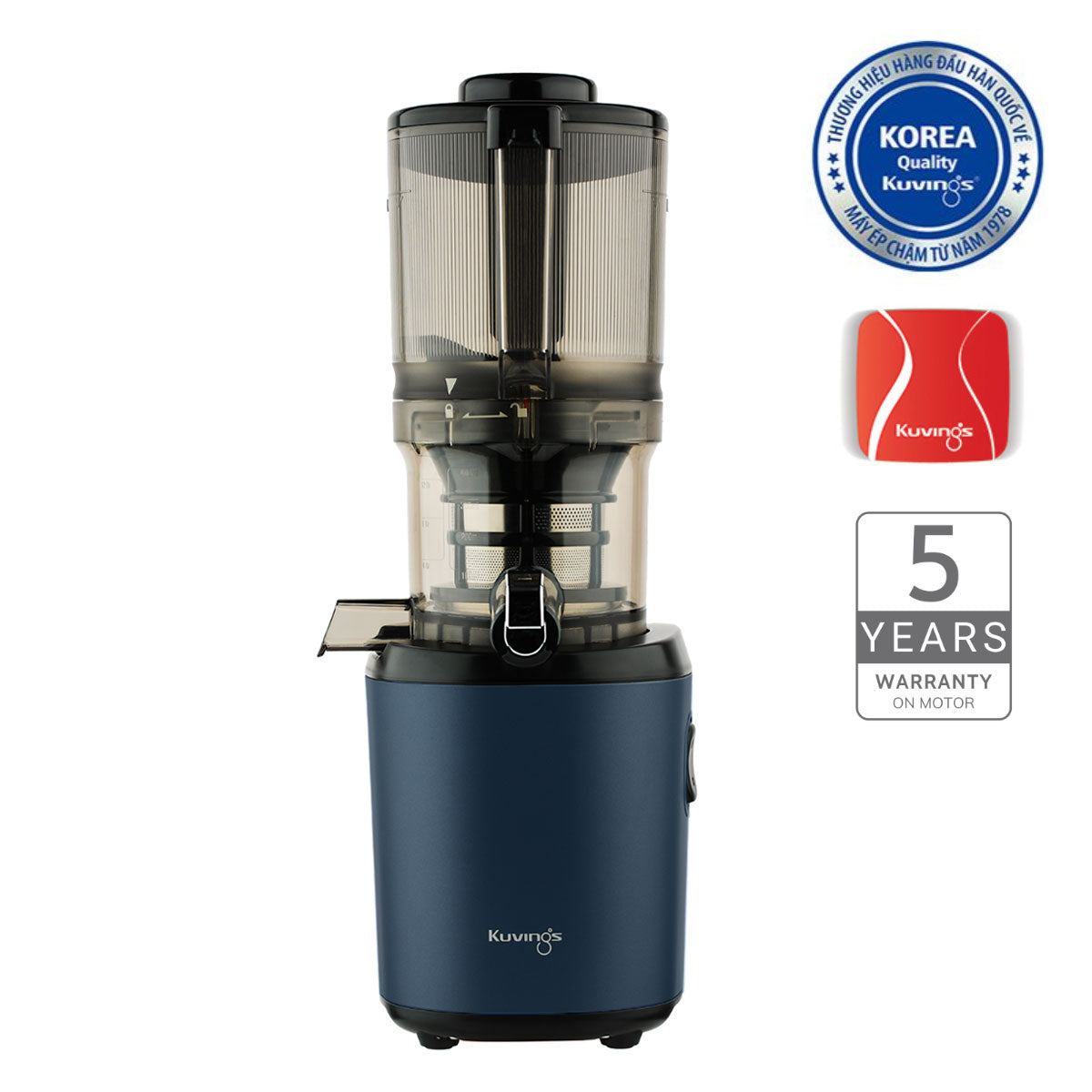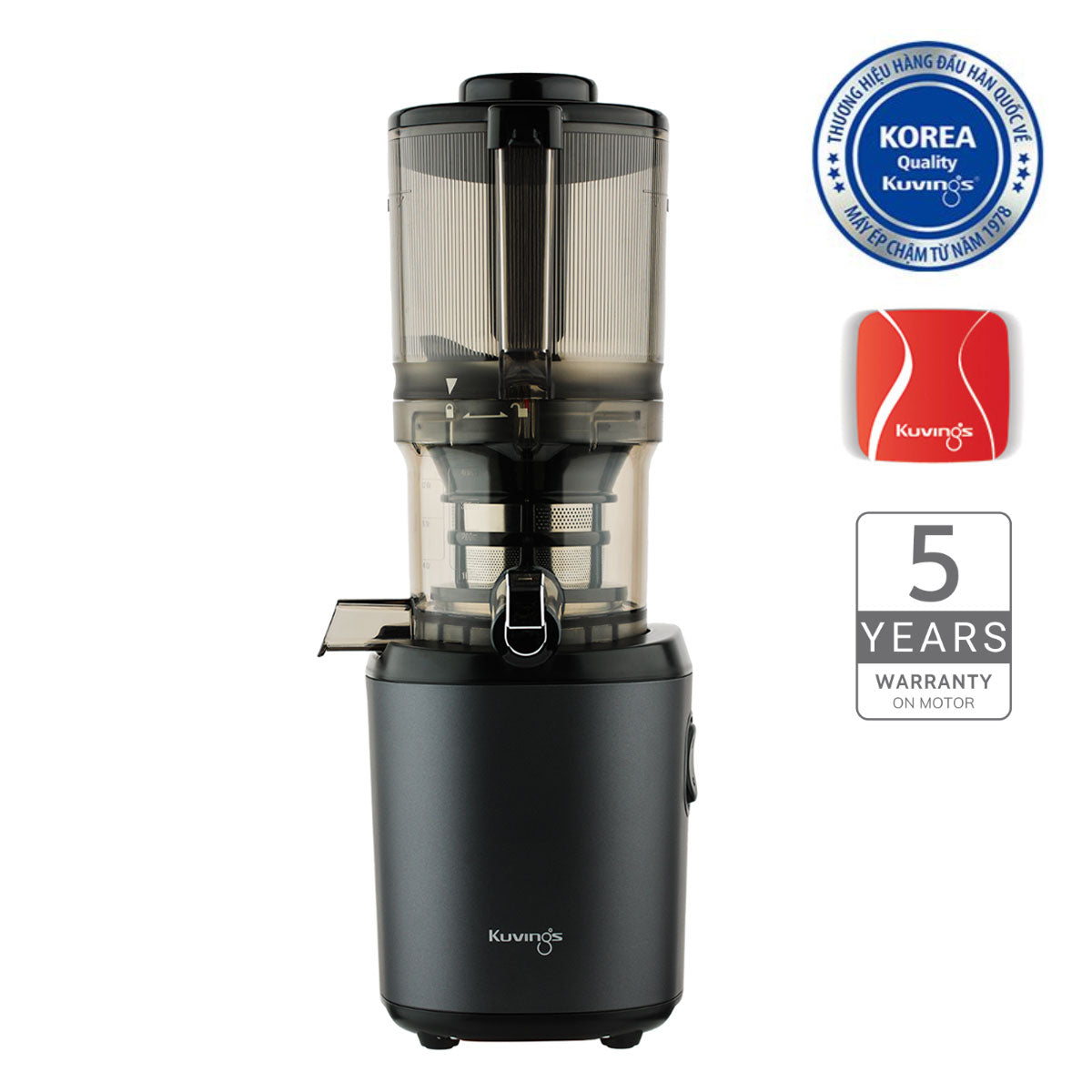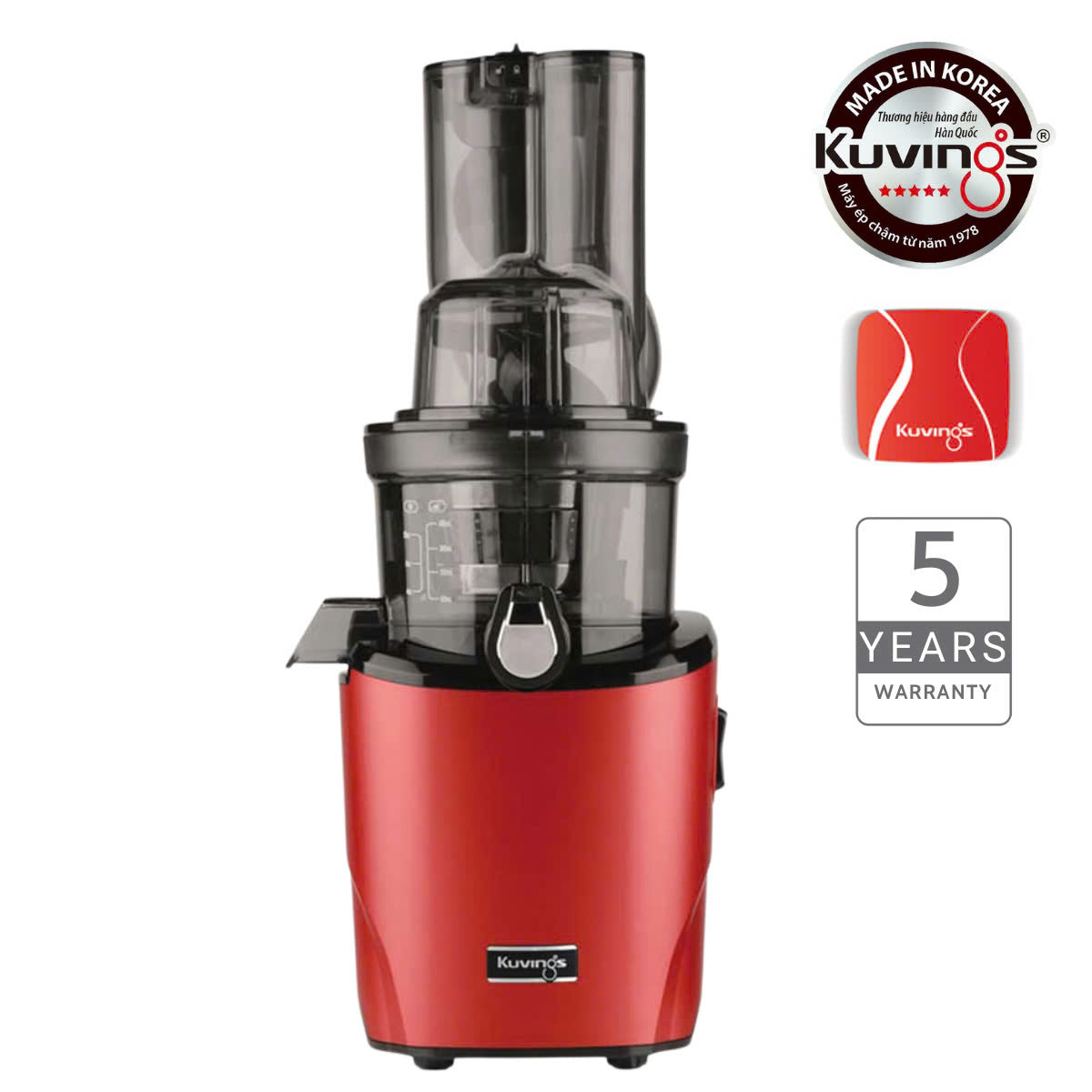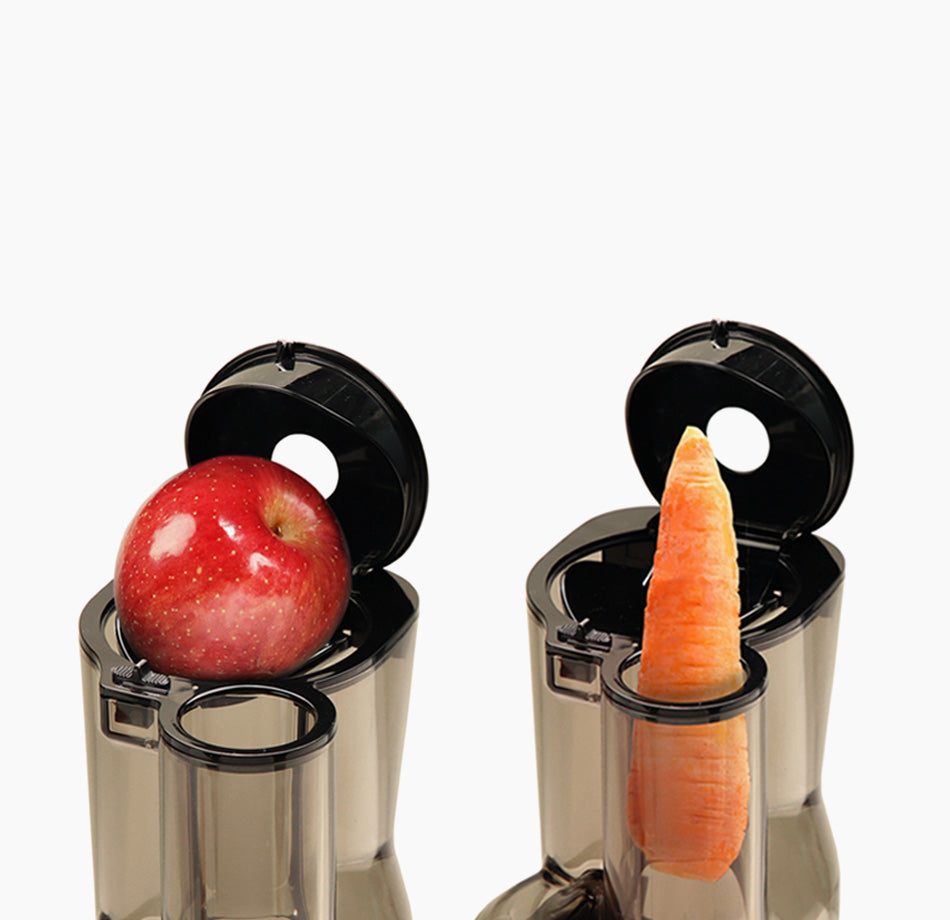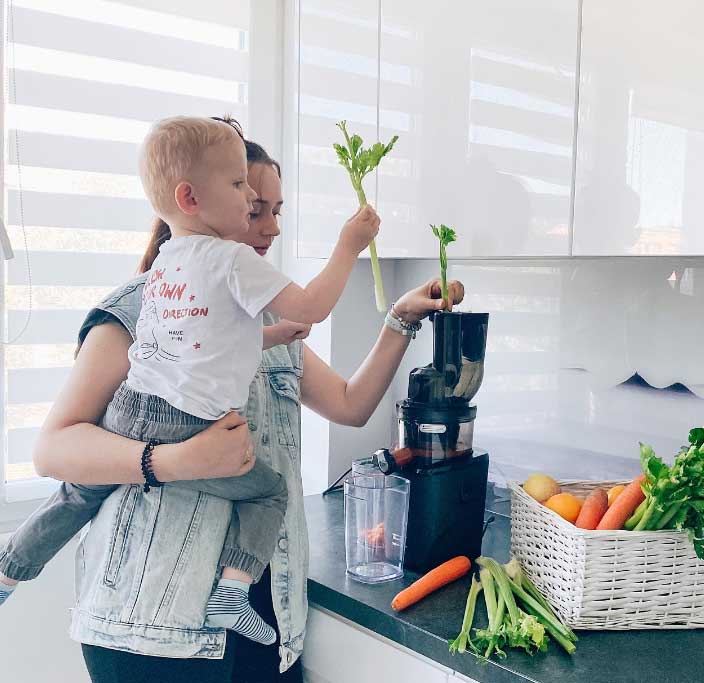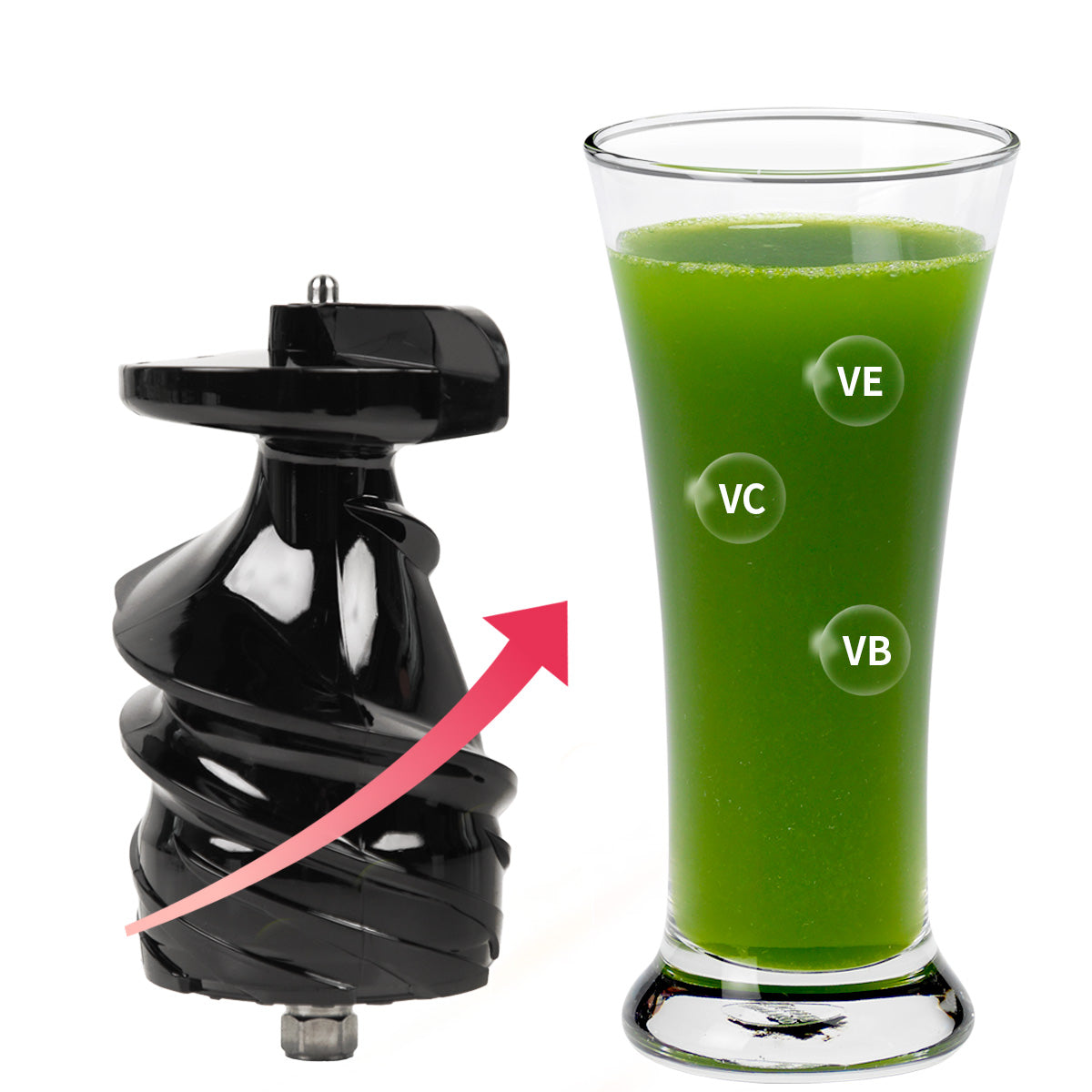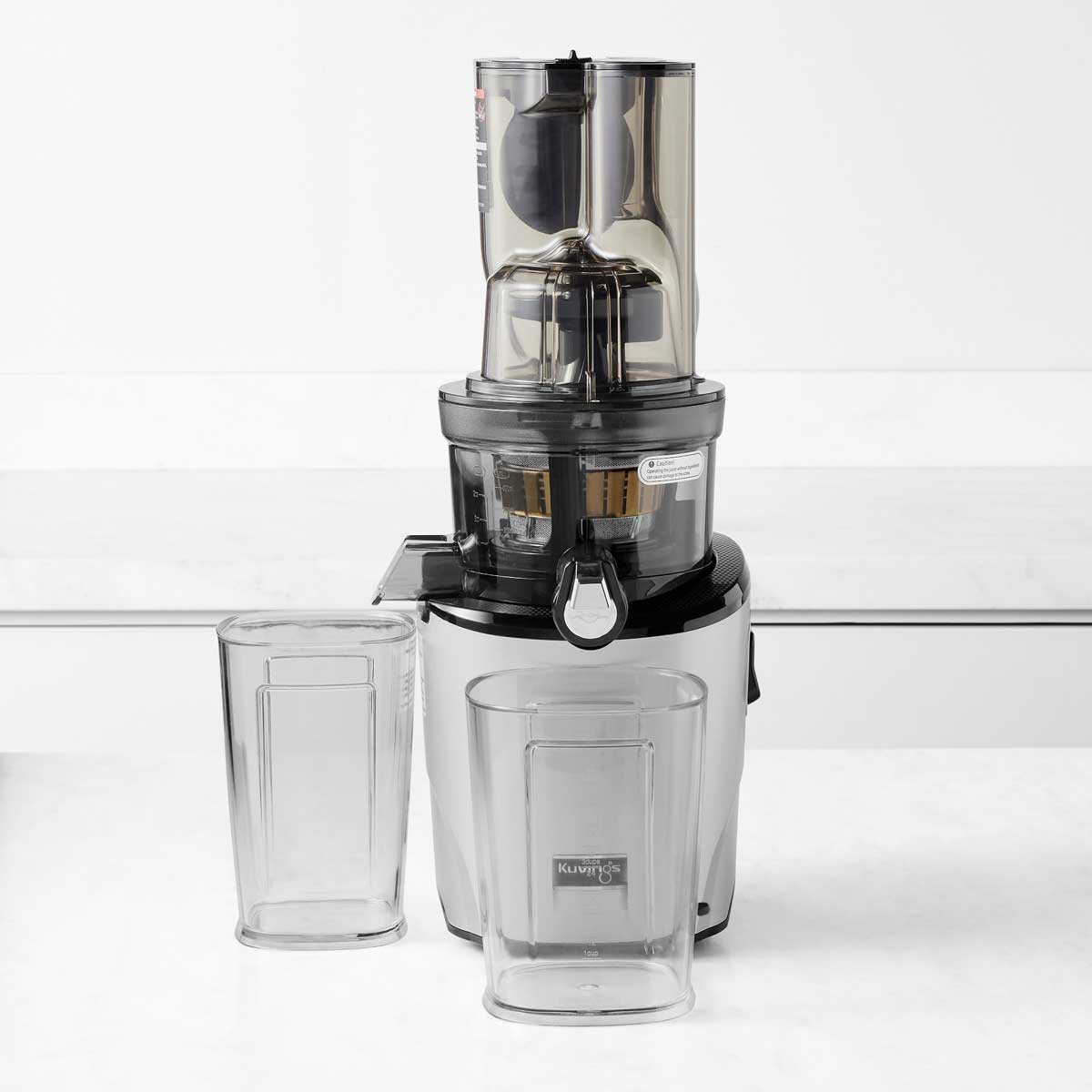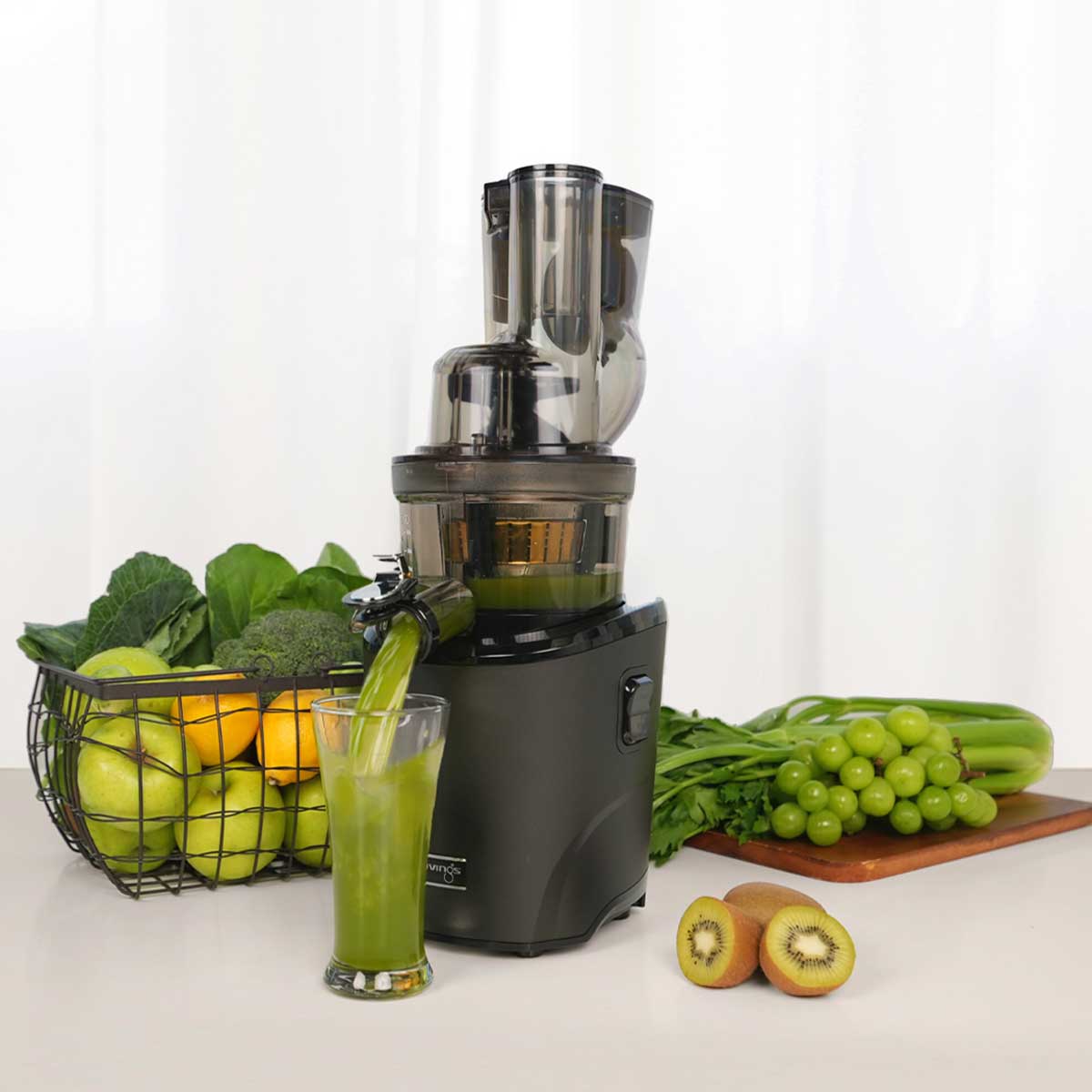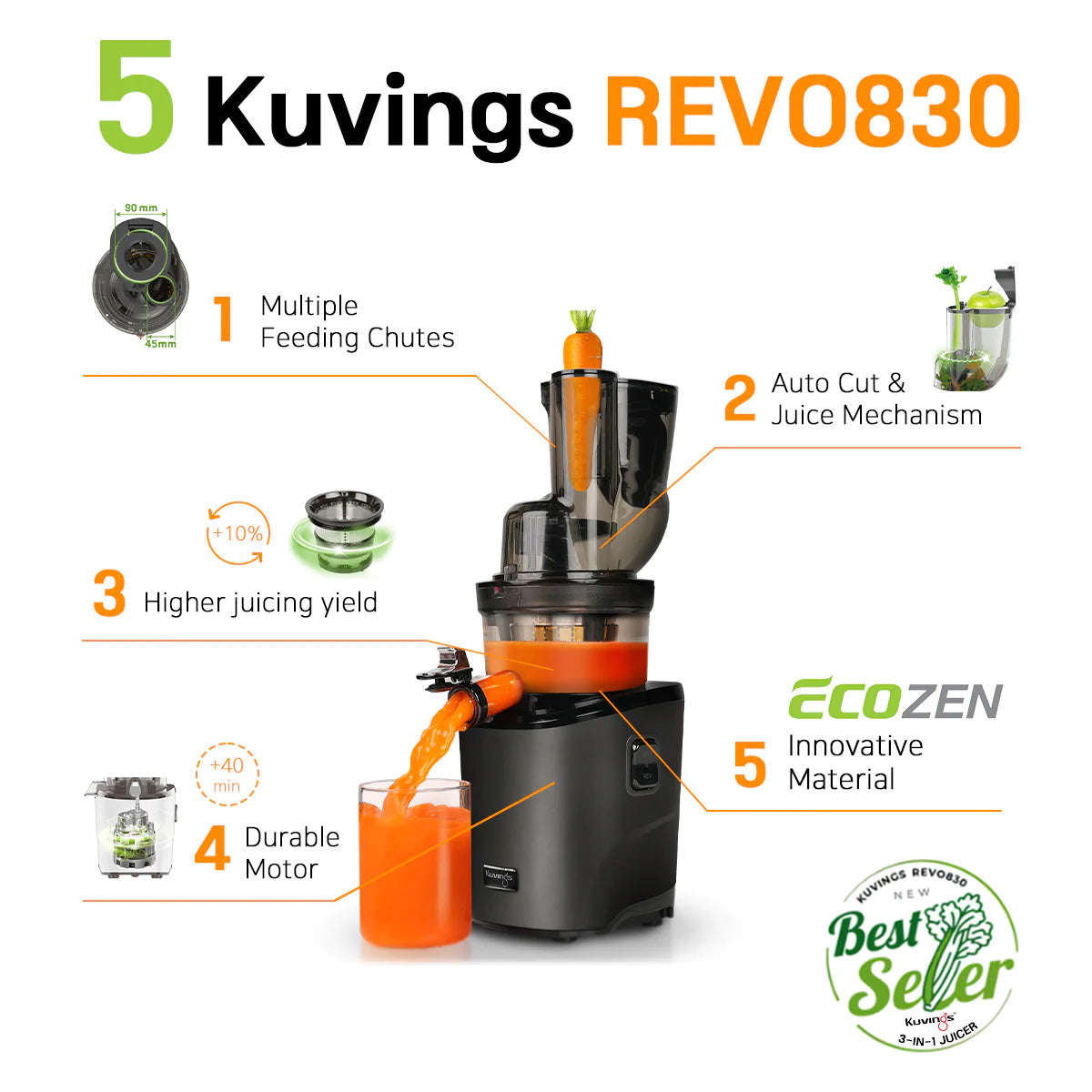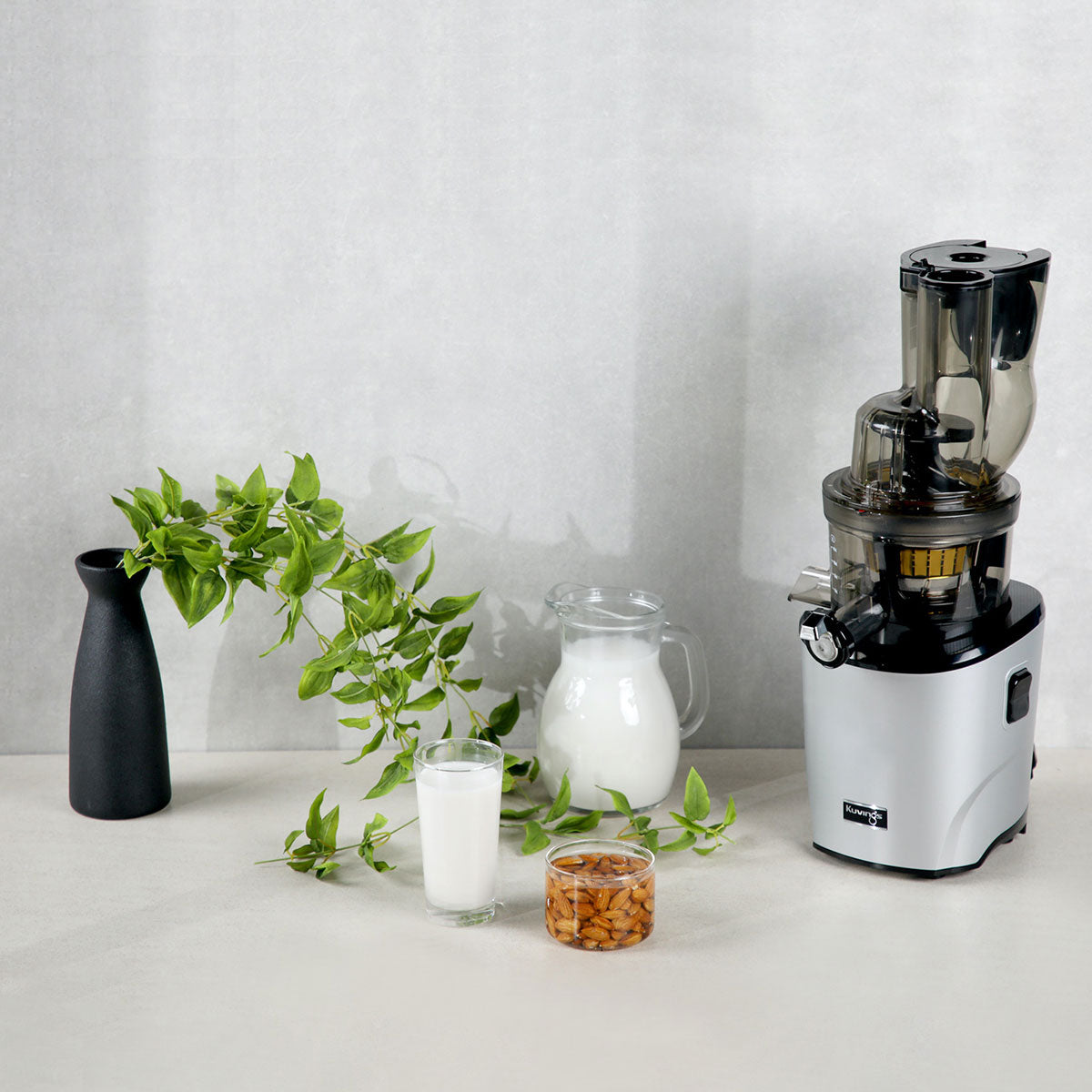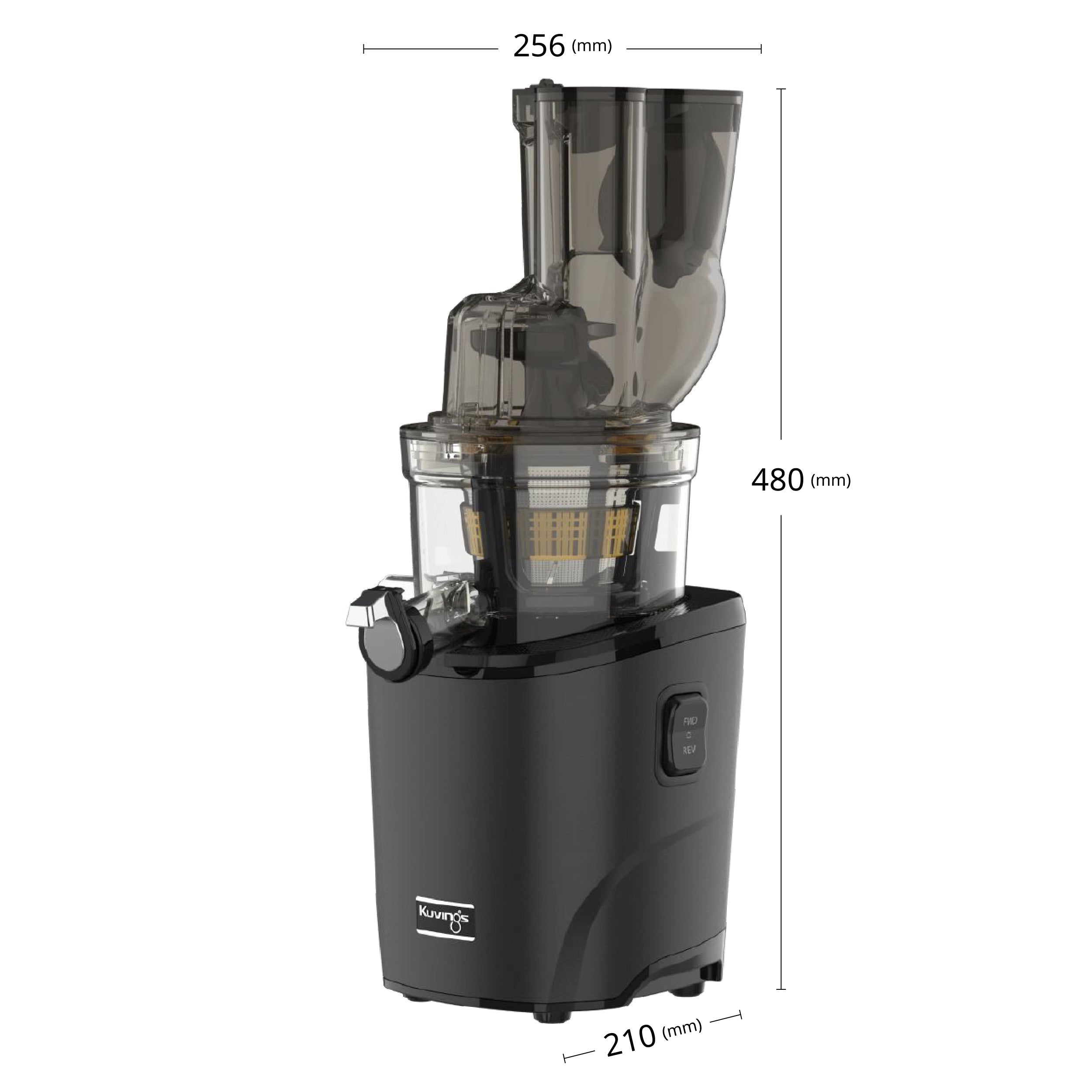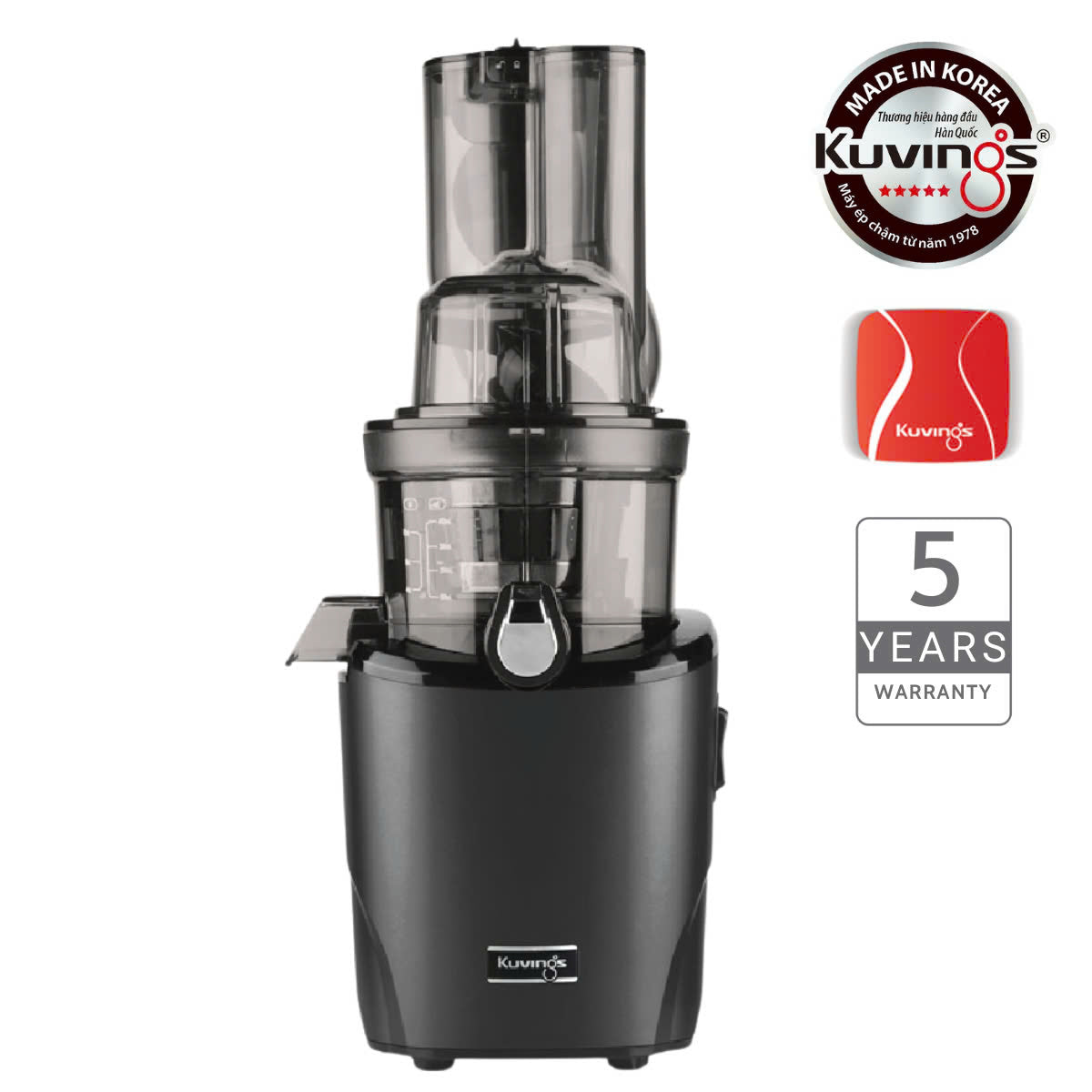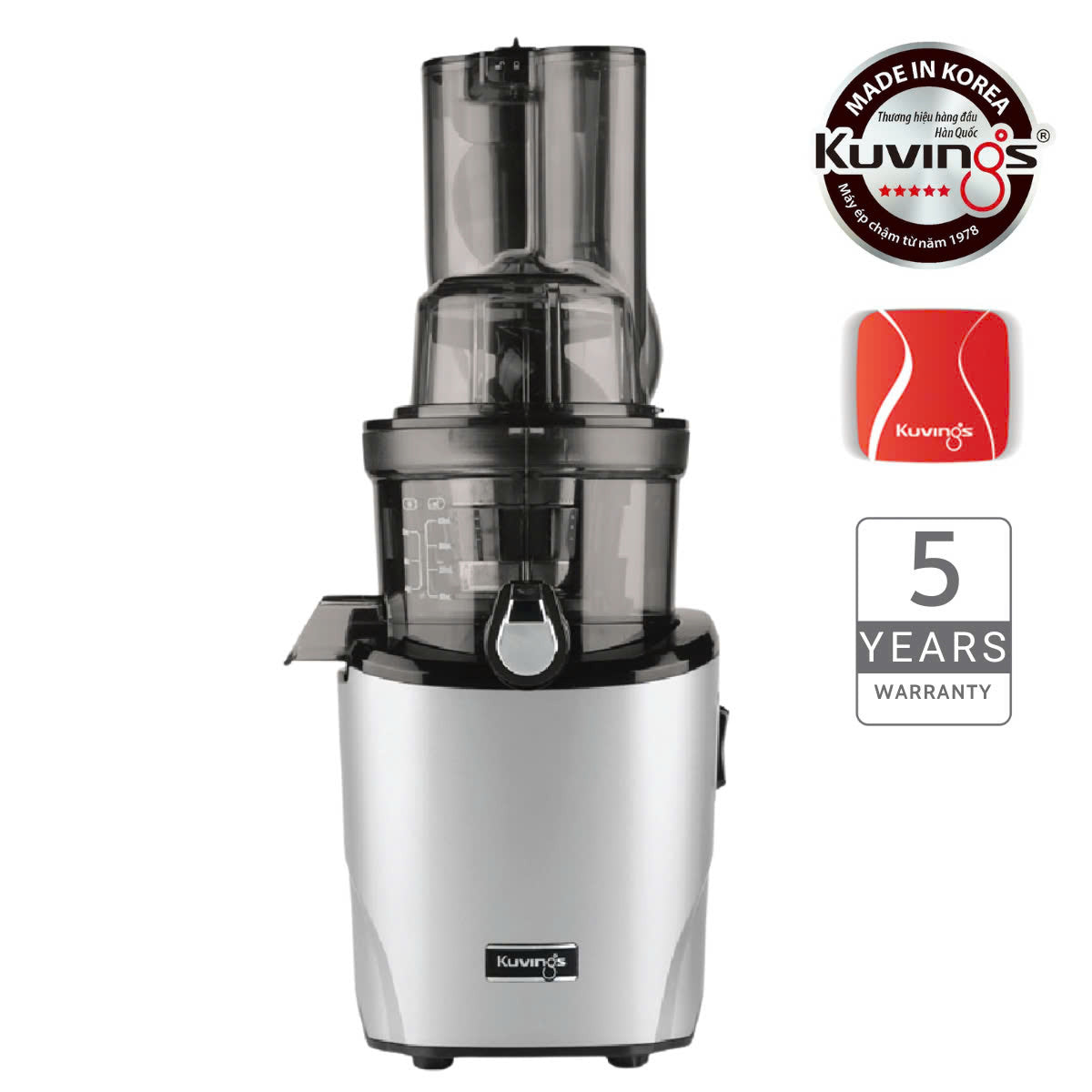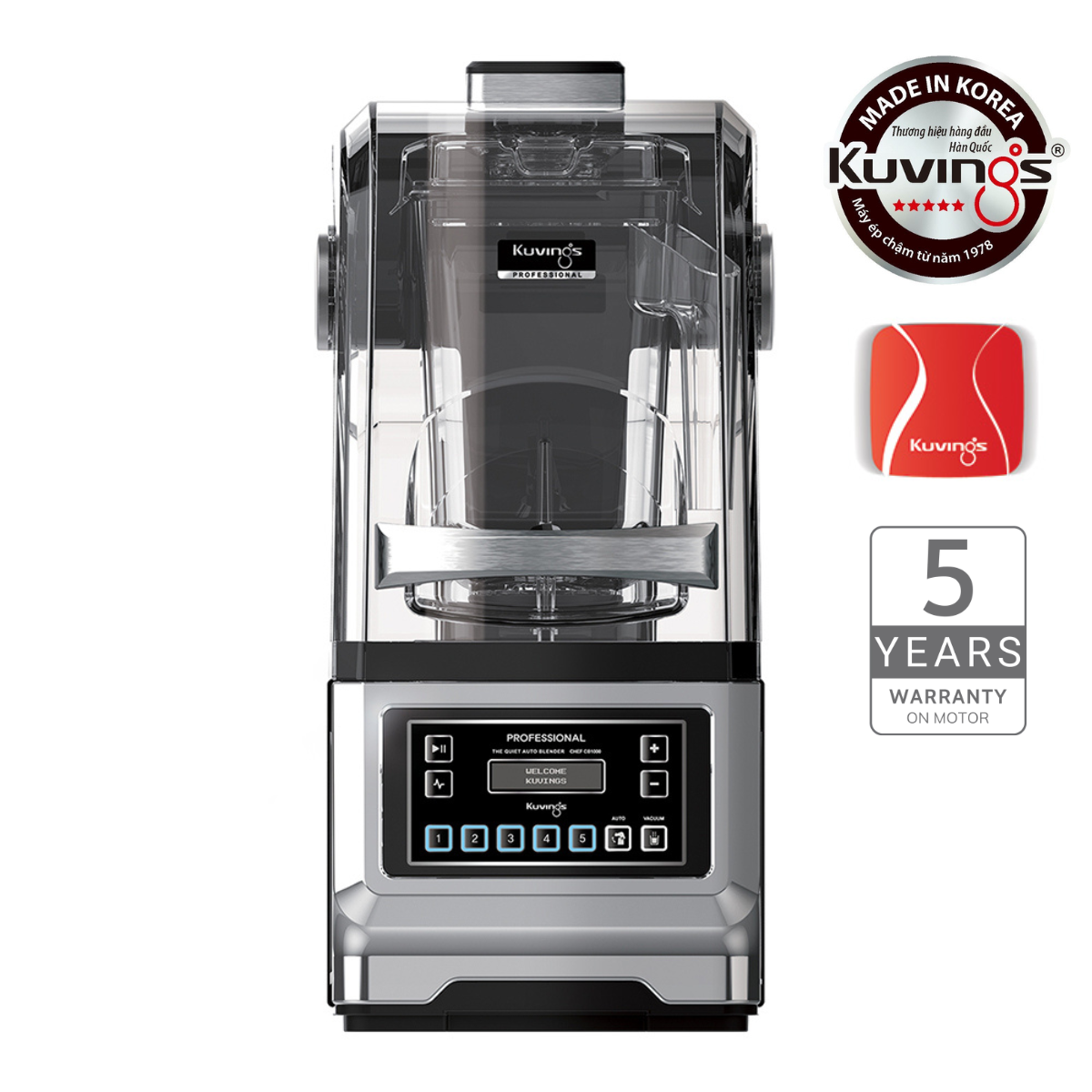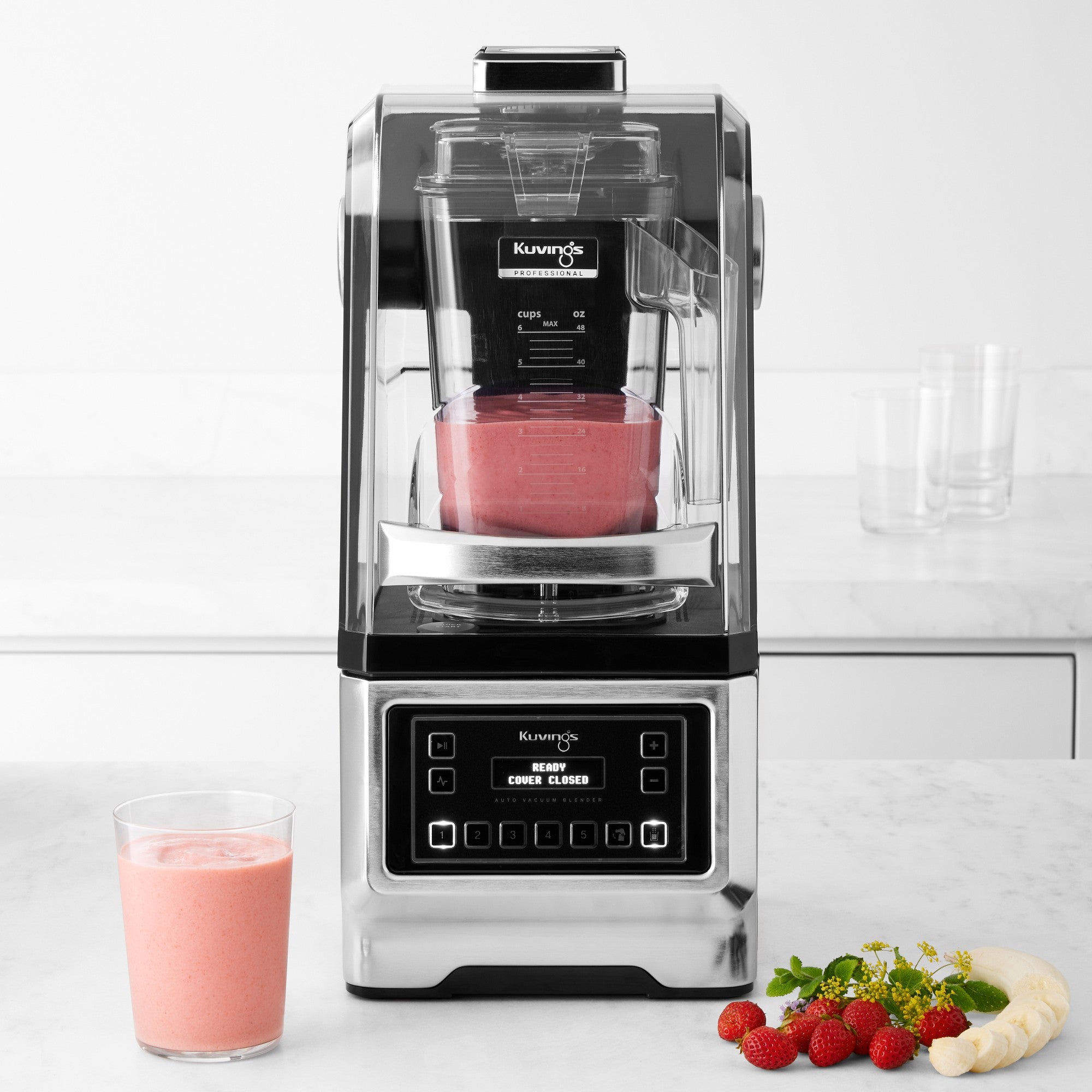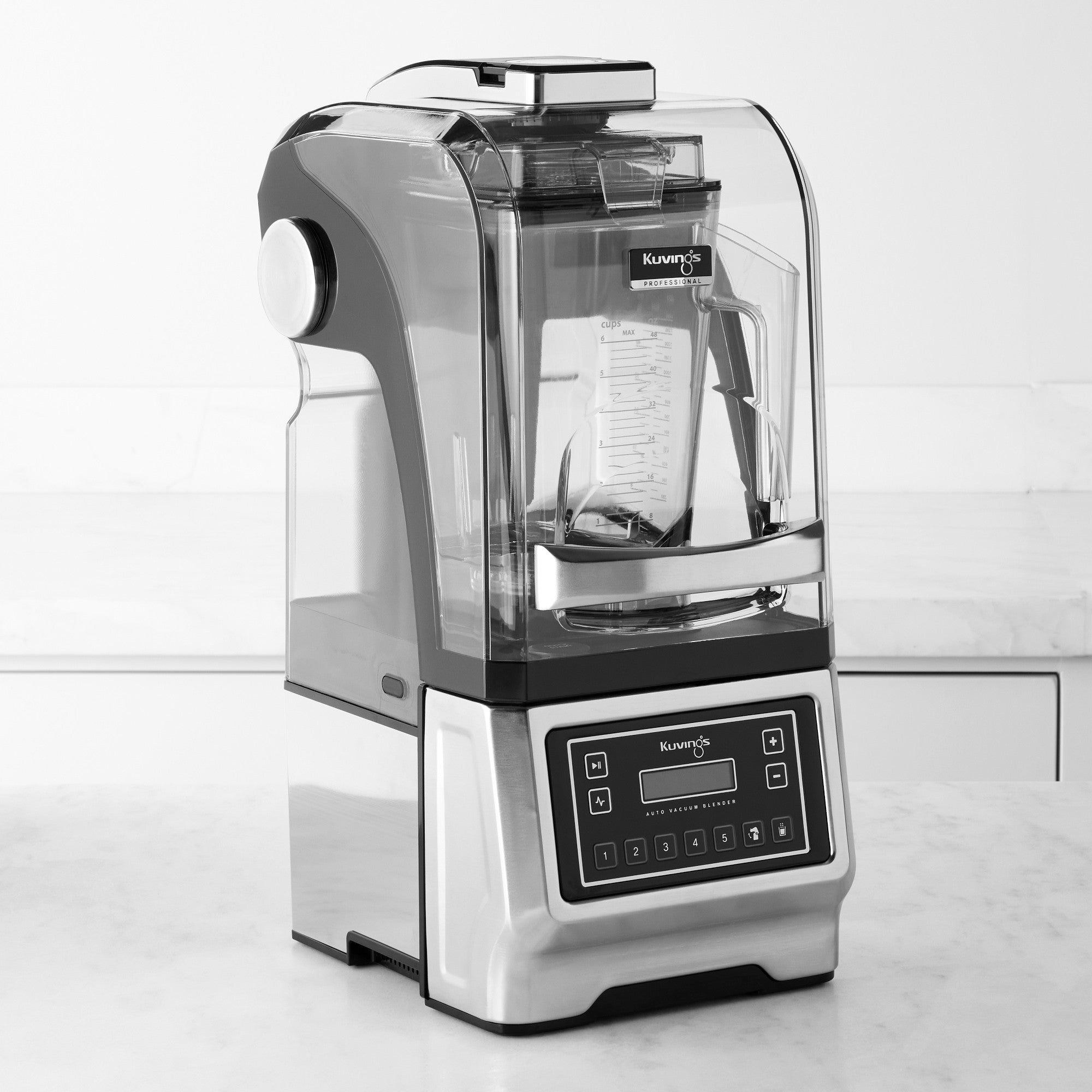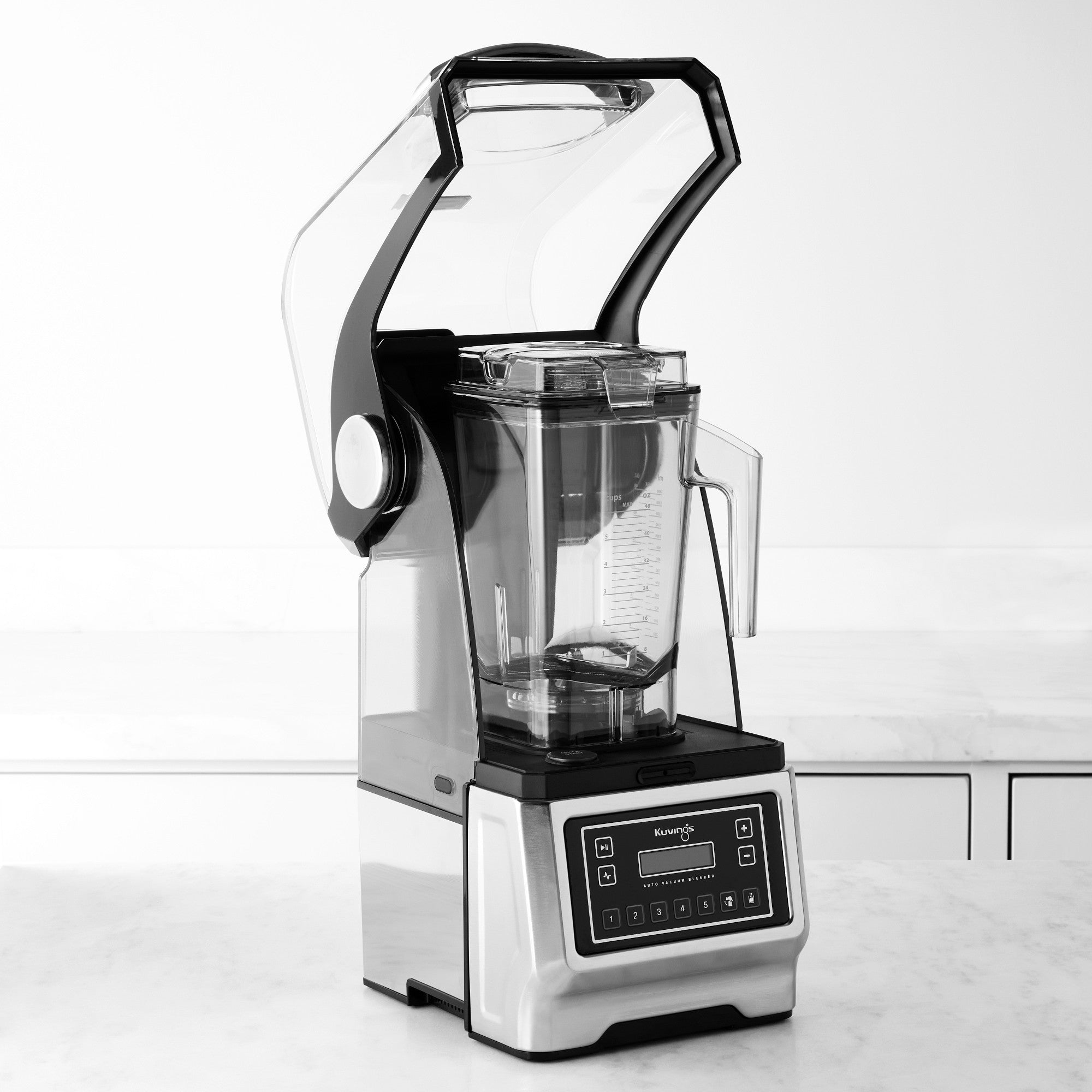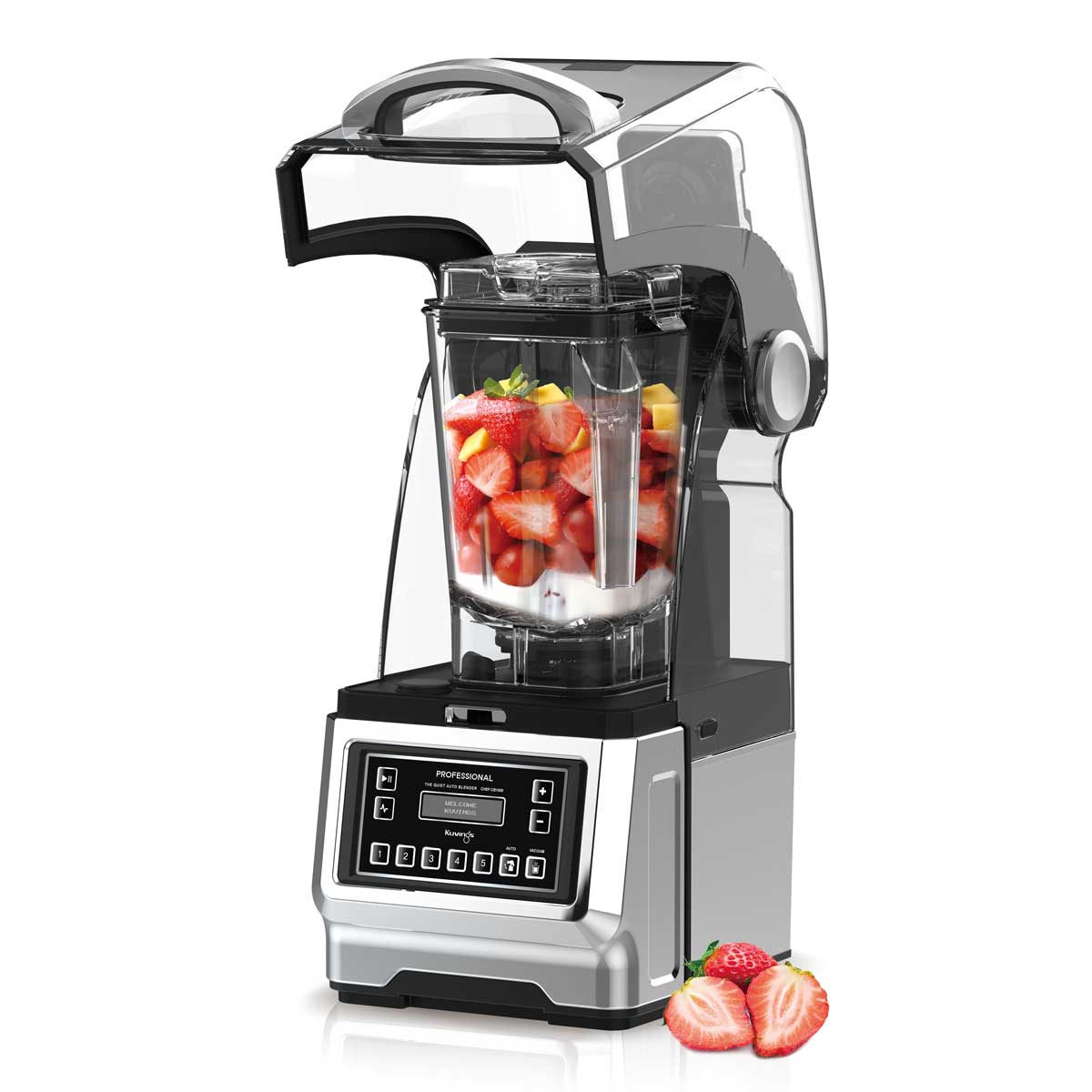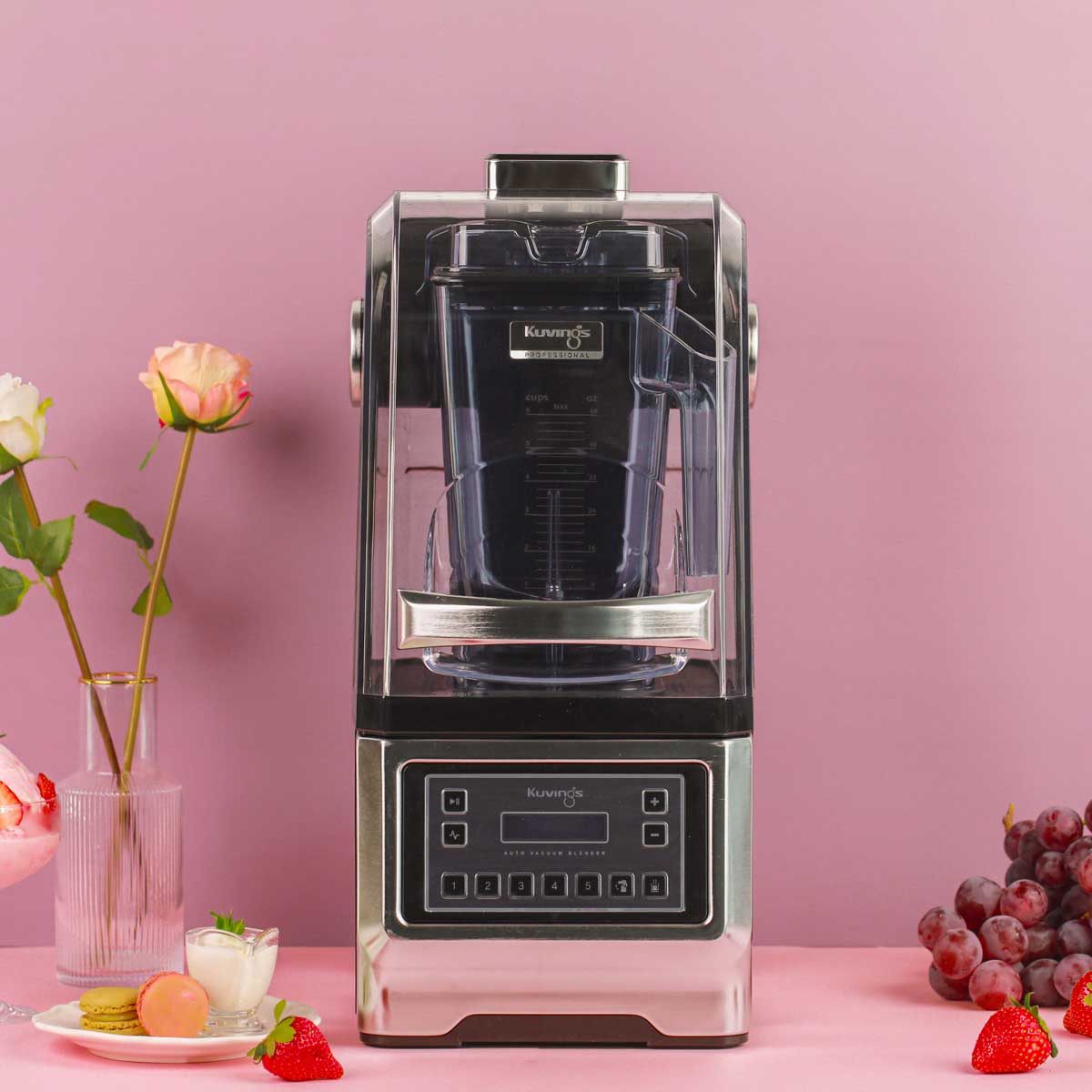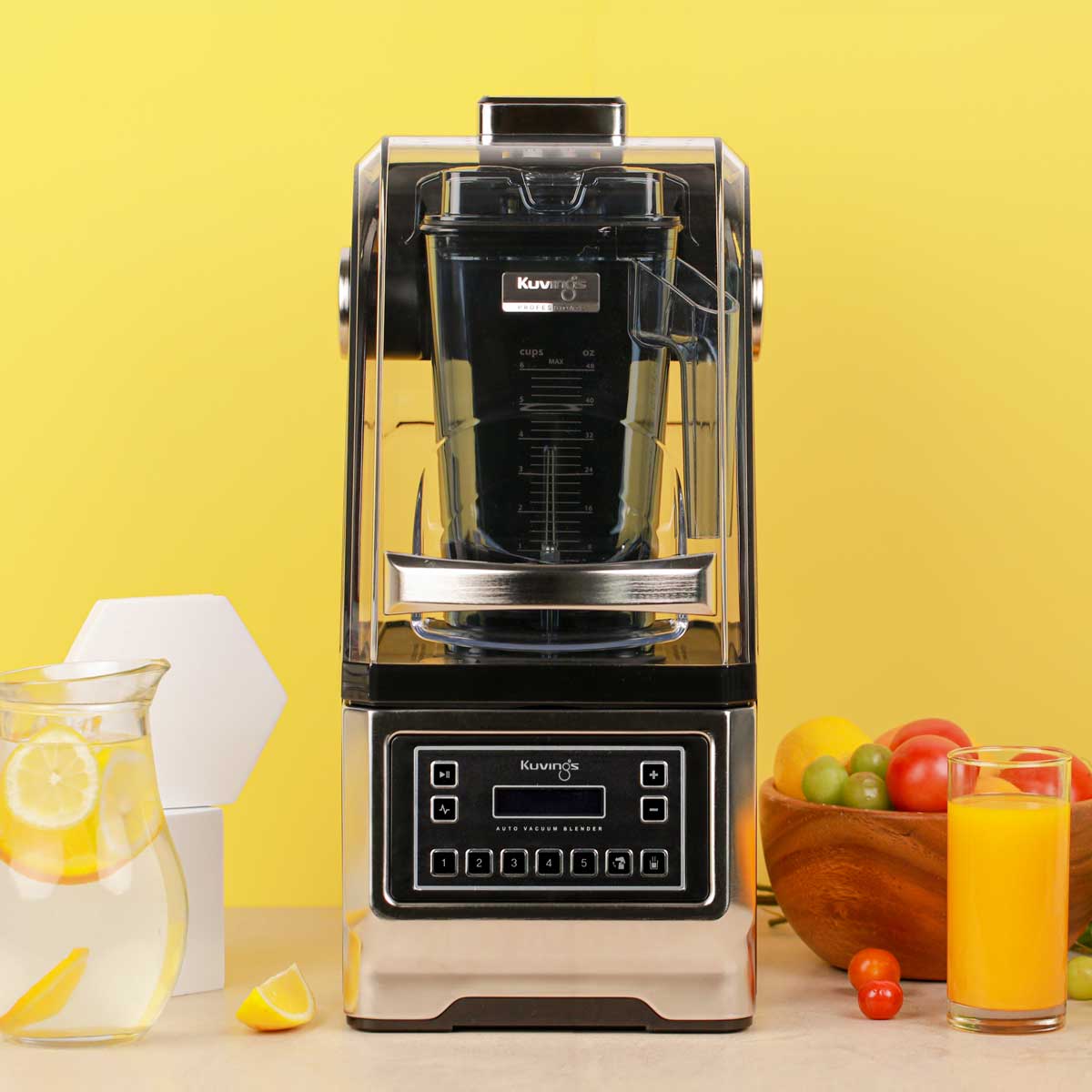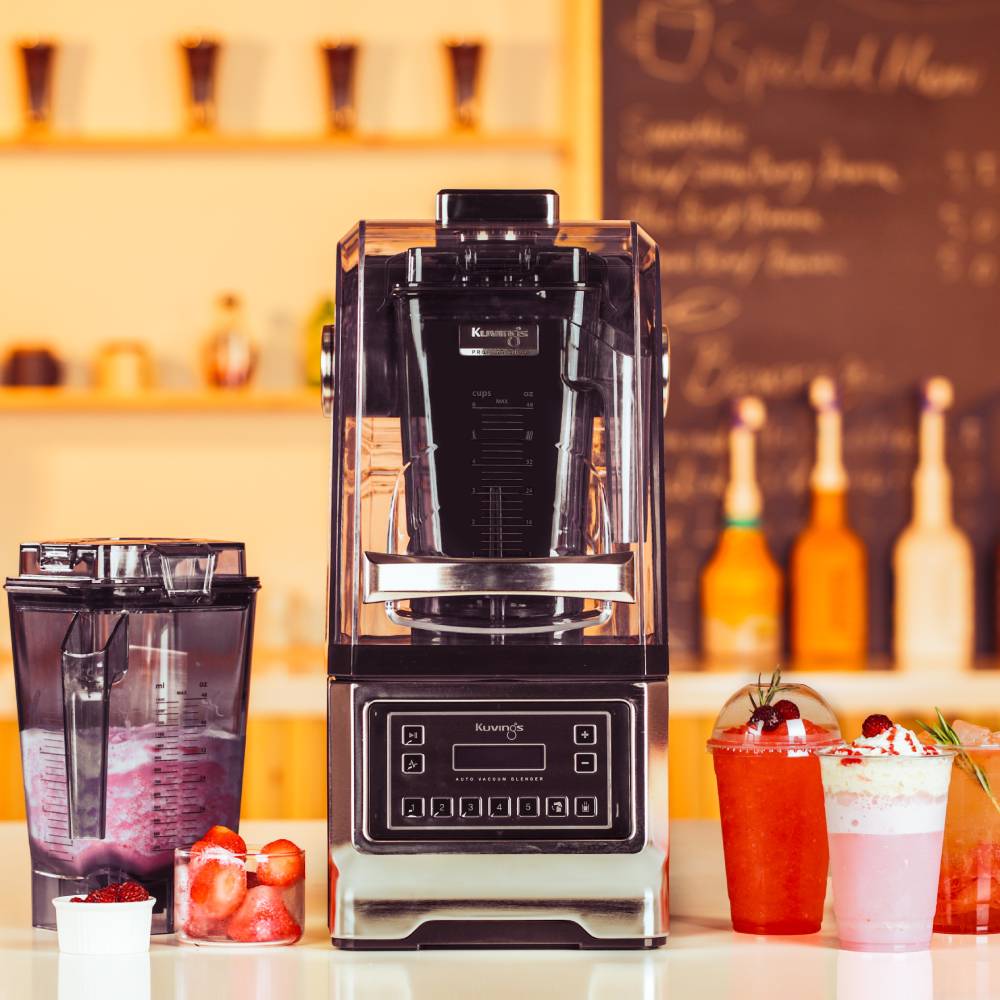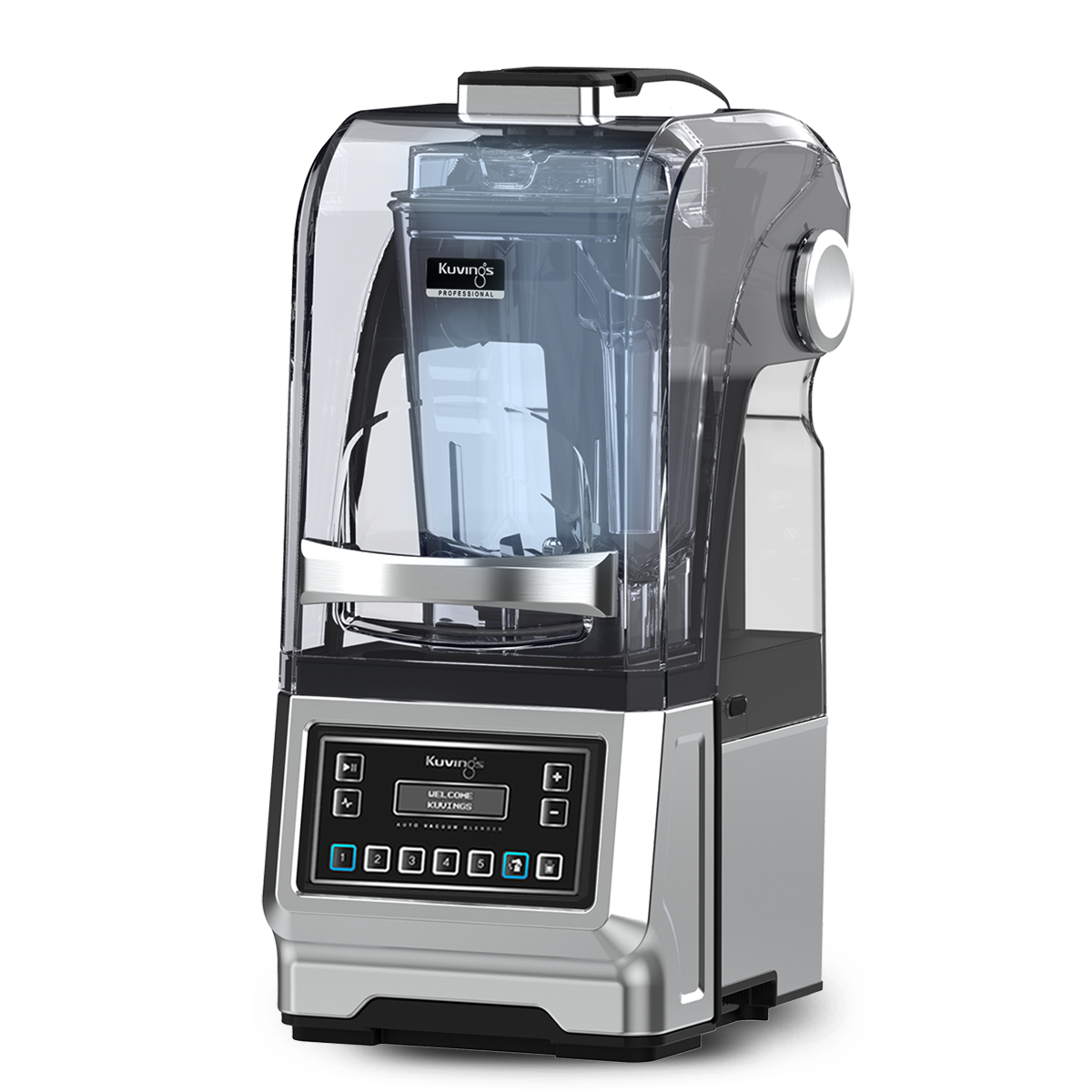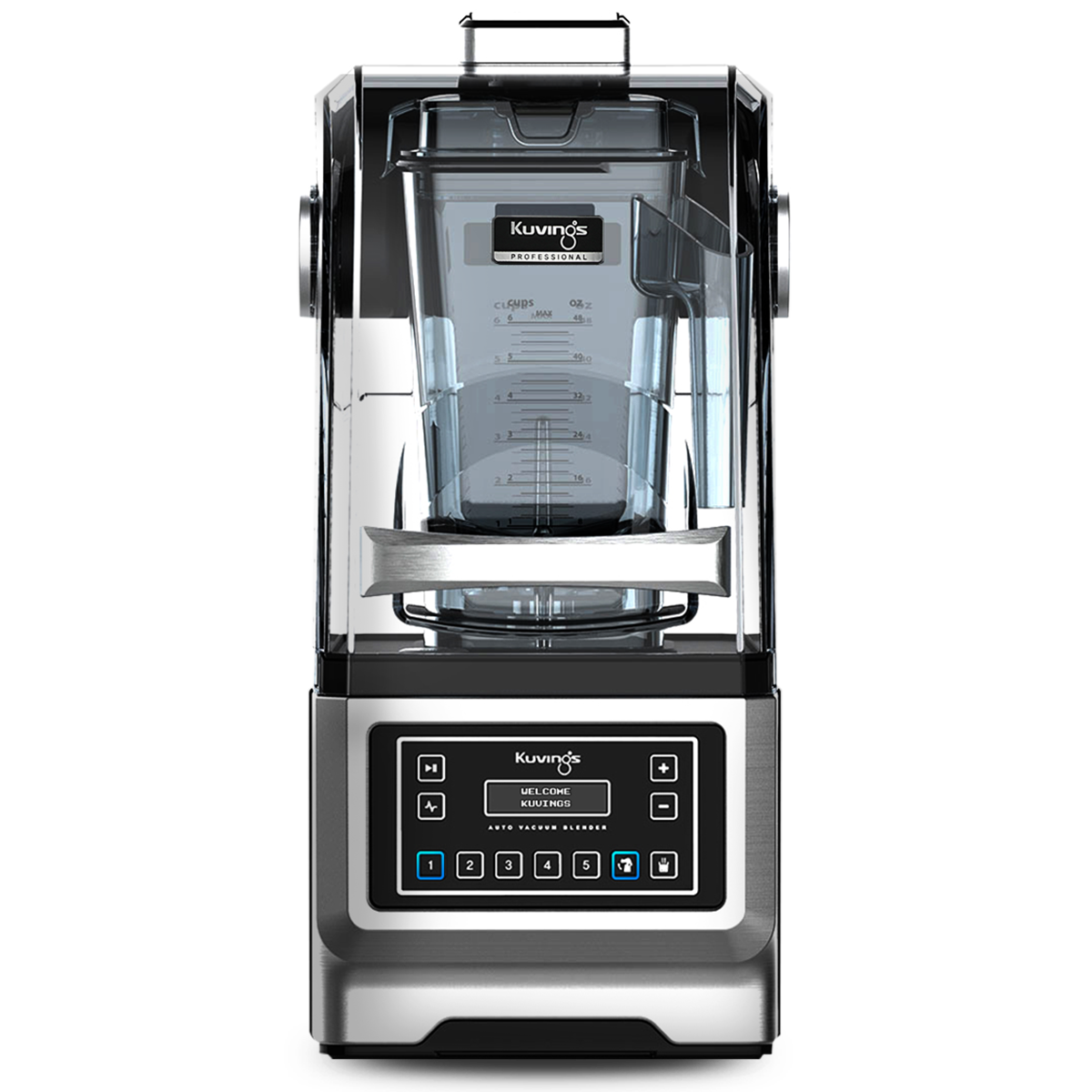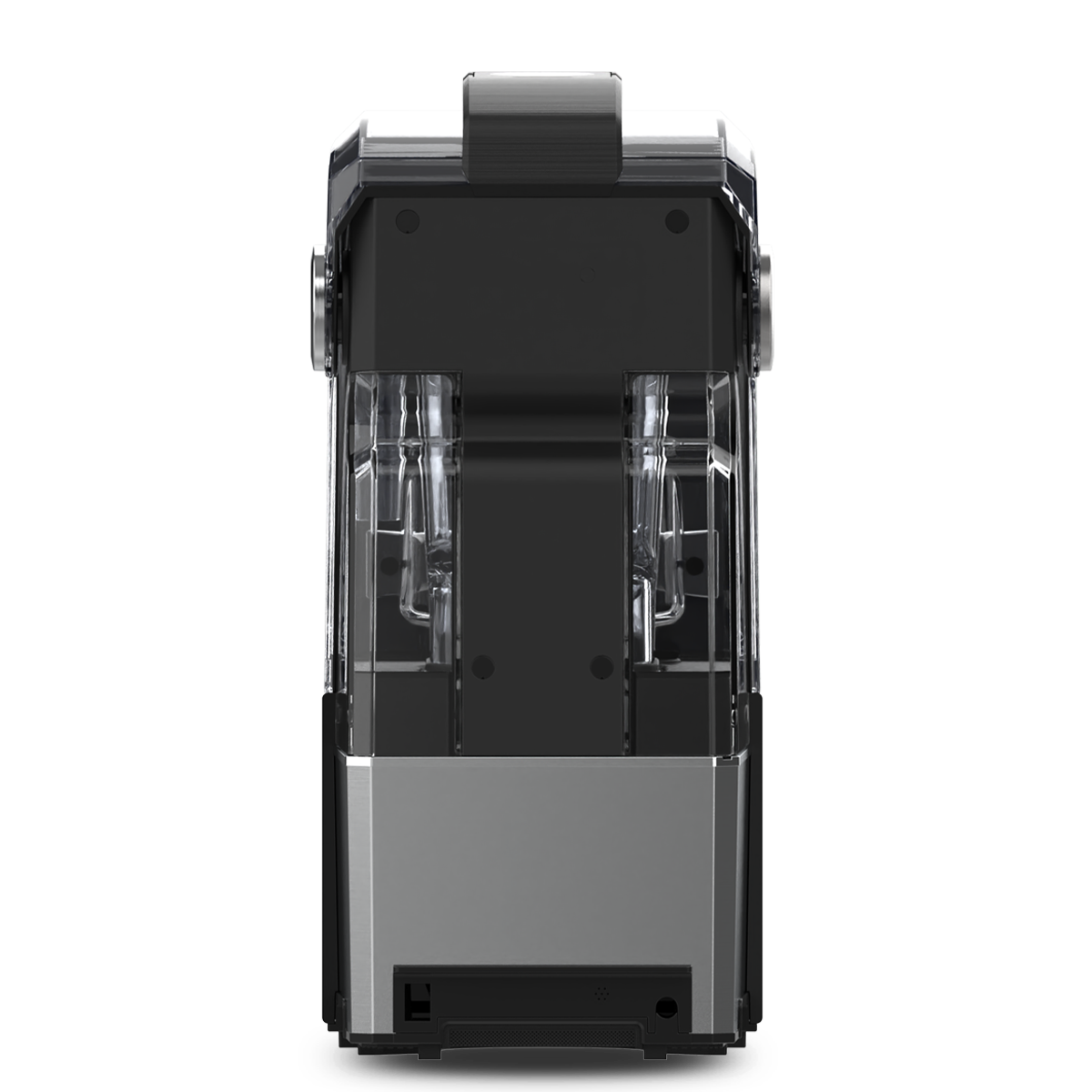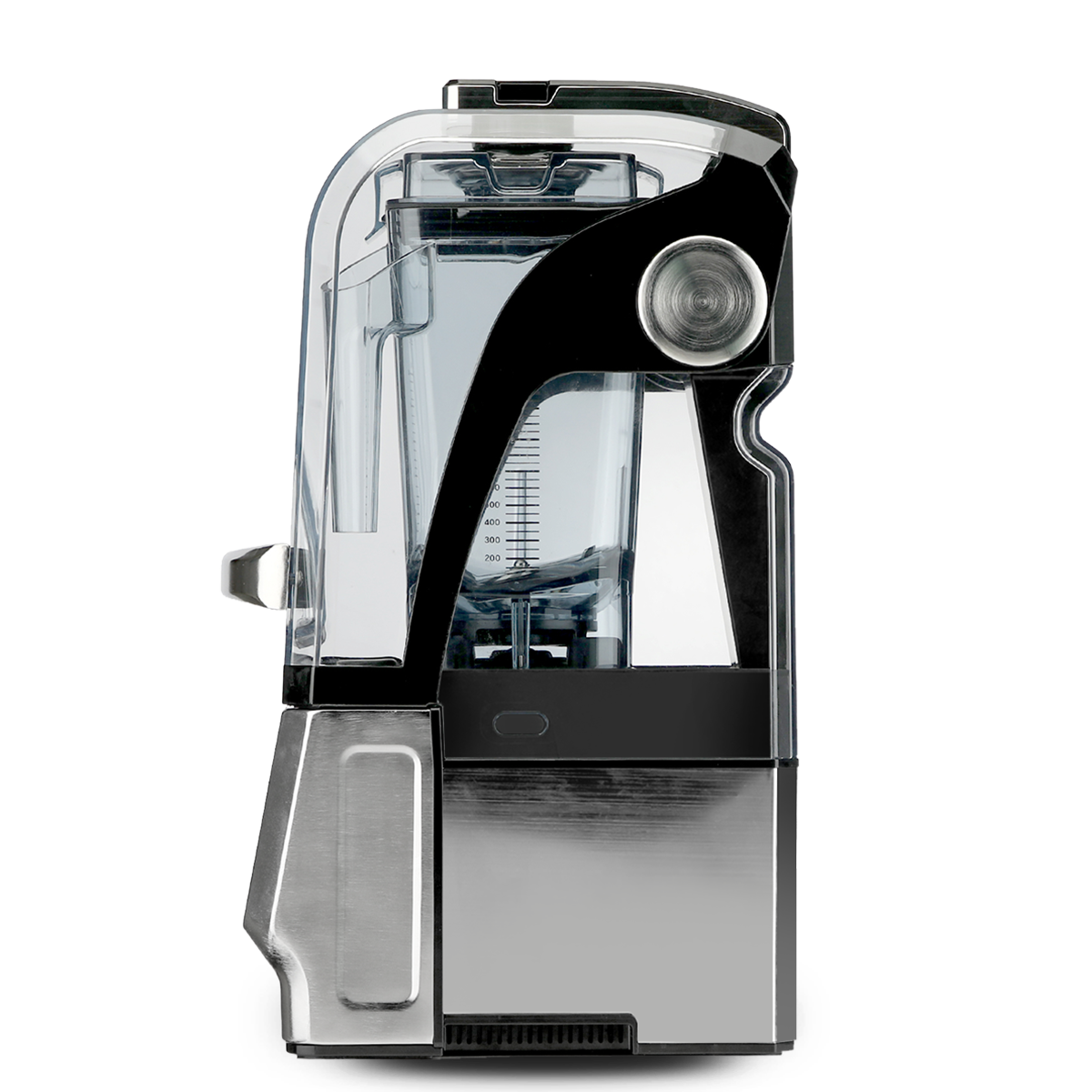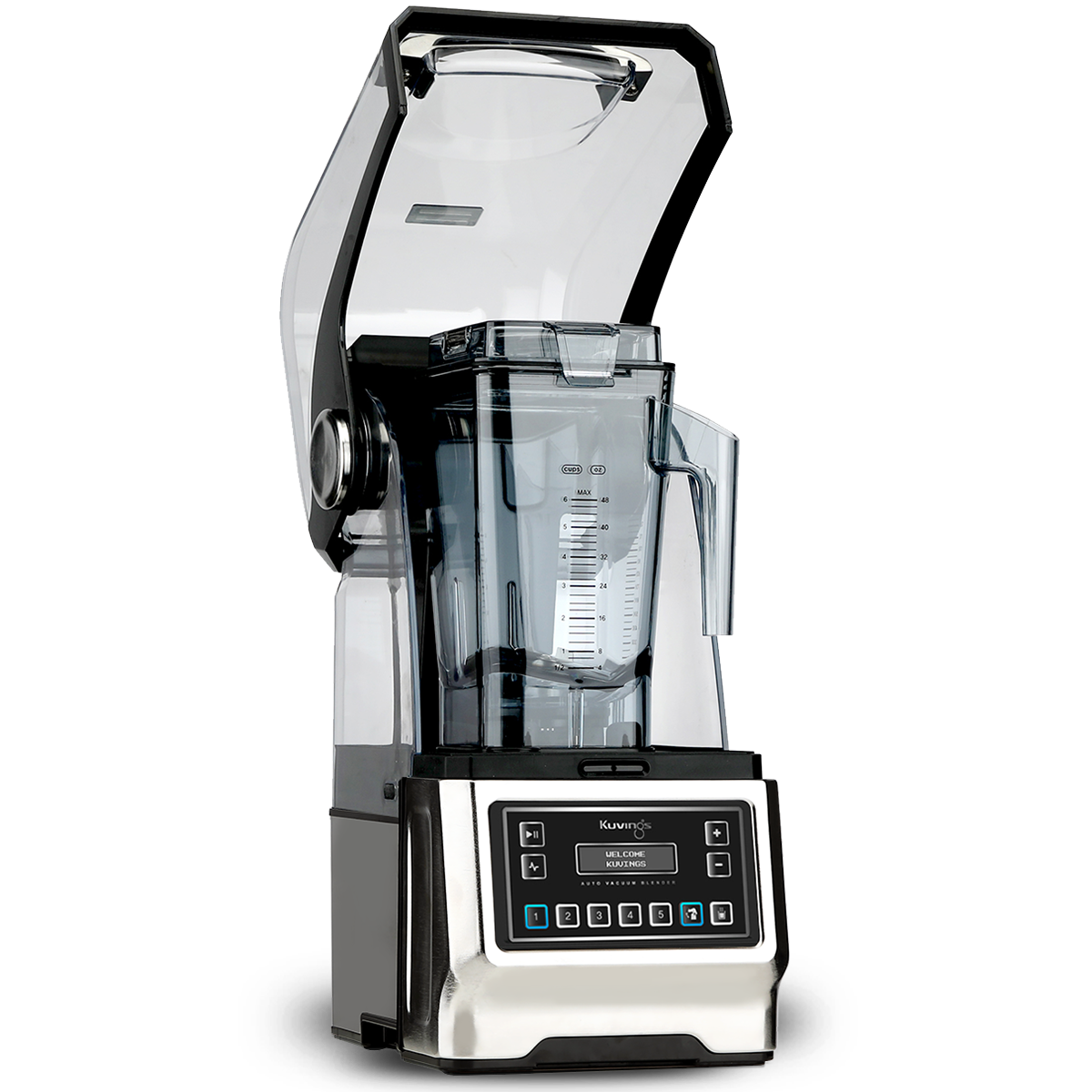Food coloring from natural juice
Did you know that synthetic food colors are harmful to your health?
Food colorings are chemicals used to enhance the appearance of food, making it look more appealing and fresher to attract consumers. These colors are produced from petroleum and crude oil, and have been found to be toxic to human health. Some food colorings contain potentially carcinogenic compounds such as Benzidine, 4-aminobiphenyl and 4-aminoazobenzene.

Food colorings have many harmful effects, for example:
- Destroy nutrients in food
- May cause digestive upset
- May cause difficulty breathing or respiratory problems
- Impaired immune system function
- Contains carcinogenic and toxic substances
And many other harmful effects!😣
We should always stay away from foods that are high in food coloring.
Recipe for Making Natural Colored Tofu at Home
Many people choose to add food coloring to their food to entice customers and children to eat their food. Vendors may want to entice customers to buy their food when it looks appealing and appealing for social media content.
There's no denying that food looks a lot more appealing when it's colorful or brightly colored, but... why sacrifice your health just to please the eyes?

If you want to add color to your food, especially to make it more appetizing for children, you can make your own natural food coloring at home from fruits and vegetables. Why choose food coloring that contains carcinogens when we can use natural colors from fruits and vegetables – both safe and beneficial for health?

You might think that making natural food coloring at home is a hassle and messy. Some people are even worried that nutrients will be destroyed in the process. But no! That’s not true if you use a Kuvings slow juicer. Slow juicers don’t use high temperatures or high rotation speeds, so they don’t oxidize, and retain maximum nutrients in fruits and vegetables!

Why should you make natural food coloring at home with Kuvings Slow Juicer?
– It is healthier than synthetic food colors
– Contains nutrients from vegetables and fruits
– Contains soluble fiber from vegetables and fruits
– You can add it to your food as a natural flavor.
You don't have to worry about pulp. The Kuvings Slow Juicer produces juice with very little pulp! 😋 Plus, the pulp removed from fruits and vegetables like carrots can be used to make other dishes (e.g. carrot cake! 🍰)


Would you still choose synthetic food colorings made from chemicals over natural food colorings made from fruits and vegetables?
It's time to eliminate synthetic food coloring from your diet and switch to natural food coloring! Fruits and vegetables are rich in nutrients and fiber. Choose health over attractiveness and looks!
Here are some fruits and vegetables that we can use to make food coloring:
Red💓: beetroot, tomato 🍅, red bell pepper, pomegranate
Orange🧡: carrot 🥕, raspberry + mango
Yellow💛: pineapple 🍍, mango, pumpkin
Green💚: spinach, celery, kale
Blue💙: butterfly pea flower + water, blueberry + kale
Purple💜: blueberries, purple cabbage, purple carrots, black currants
It’s true that some ingredients like spinach or beets can have a distinct flavor, but you can always tone it down with a sauce or frosting! On the other hand, the juice from the berries will make your pancakes taste much better. You’ve got a colorful dish that’s packed with nutrients and soluble fiber! It’s more visually appealing, more nutritious, and healthier!
